|
*This post contains affiliate links. I receive small commissions for purchases made through these links at no extra cost to you. These commissions help me keep this site up and running, in order for me to keep providing helpful and inspiring art content. :)
Looking for new techniques to make your watercolor paintings more unique and interesting? What are watercolor blooms and how are they created? Watercolor is a challenging, but extremely rewarding painting medium. As opposed to mediums like acrylics or oils, watercolor encourages us to be light-handed, to embrace surprises, and to not overly describe our subjects. Because plenty of water is brought in throughout the painting process, there's only so much that we can actually control. In order to arrive at great watercolor paintings, we must learn to balance between strategizing and letting go. Yes, it's important to think critically and go in with a plan in order to arrive at the results that we're after, but it's also important to allow the water/paint to do their own thing and to embrace surprises that happen along the way. By learning new techniques, we develop a deeper knowledge of the medium and discover new ways to make more intentional use of the unique effects that watercolor allows. Blooms are one of the effects that this medium is known for. They are a great technique to know about, as they can help us add great visual textures, as well as deliberate points of interest to our artwork. Today, I'm excited to share another very helpful guest blog post that shares lots of information about watercolor blooms, and 5 different ways they can be created. Dee Maene is a London-based artist and art teacher. She has a deep love for watercolor and enjoys exploring different artistic mediums, including digital drawing and painting. Dee enjoys bringing in experimentation and play into her creative practice, and has a passion to encourage others to do the same. She likes pushing herself artistically, and strives to produce artwork that's not only beautiful, but meaningful. Without much further ado, let's jump into her article! 5 Ways To Create Beautiful Watercolor Blooms
By Dee Maene
Watercolor blooms are a great way to add life to your paintings. They are also not only incredibly satisfying to create, but relatively easy to do once you get the hang of water control. Blooms happen when a drop of water falls on wet paint and spreads, pushing the paint that's on the paper outwards. They can be created by dropping in clean water into paint, or by dropping in more paint into paint, as long as that initial layer of water/paint is still wet. Watercolor blooms are one of the most magical things that can happen when painting with this medium. They are unique to watercolor and definitely add an element of surprise to the painting process. Another reason why it's important to know different ways to create blooms, is because they enable us to create softer effects that have a more ethereal quality than regular brushstrokes, which can add variety and a touch of elegance to your paintings. So, if you're looking to add a little bit of magic to your watercolor paintings, definitely try experimenting with blooms! There's a variety of different ways blooms can be created and, in this blog post, I'll be sharing 5 techniques that you can start using today. Technique 1: Dropping a Single Color On Water (Basic Watercolor Bloom Technique) One of the simplest and most effective ways to create a watercolor bloom is to drop a single color into water that's been applied on your painting surface. The bloom will happen naturally as the paint spreads out into the water. This technique is especially effective with darker colors, such as blues and greens. Step-by-step process: 1. Pre-wet a section of your paper with clean water using a larger brush and going over the area at least 3-4 times to arrive at an even sheen. 2. Swivel your paintbrush in your container of water to pre-wet it, and load it with nice, juicy color you've prepared on your mixing palette. 3. Touch the tip of your brush to the surface of the water. 4. Allow the color to drop from the brush onto the water. 5. Repeat steps 3-4 until you have achieved the desired effect. 6. Allow the bloom to dry before adding additional colors or details. This basic technique can be used to create a wide variety of effects, from delicate flowers in landscapes and scenes, to textures and points of interest in abstract pieces. With a little practice, you'll be able to produce beautiful blooms that are truly one-of-a-kind.
Dropping paint into wet paper.
Technique 2: Dropping In Two Colors The graded watercolor blooms technique is achieved by dropping two colors side-by-side on wet paper. The colors will mix together where they meet and create a bloom effect. This technique is best achieved with two colors that have high levels of pigment, such as Magenta and Cobalt Blue. It's important to work quickly when dropping the colors onto the paper, as you want them to mix together before they start to dry. Also, make sure that you completely remove the previous color from your paintbrush bristles before loading your paintbrush with the next color. To create a more pronounced bloom effect, you can drop the colors from a higher height, farther away from the surface. This technique can be used to create beautiful and atmospheric paintings with a soft and ethereal quality. I often use this technique when creating galaxy watercolor paintings.
Dropping in a different color on or beside a previous color.
Technique 3: Using Salt The salt technique is another great way to create blooms, though this one is more so used to create visual texture in larger areas. By sprinkling salt on wet paint, you can achieve a variety of effects depending on the amount and type of salt used. For example, coarse salt will create larger blooms, while fine salt will create smaller blooms. You can also experiment with different types of salt, such as Epsom salt and Kosher salt, to see what effects they produce. In addition, you can control the intensity of the blooms by adjusting the amount of salt you use. A little salt will create subtle blooms and less visual texture, while a lot of salt will create more dramatic blooms and a higher visual texture. Whether you're looking for delicate flowers in landscapes, or to add snow into snow scenes, using salt is a great way to add interest to your watercolor paintings. Step-by-step process: 1. Paint a wash of color on your paper (I'd recommend using a darker color). 2. Sprinkle in salt, while the paint is still wet. 3. Allow paint to dry completely. 4. Dust off salt to reveal the beautiful visual texture.
Dropping in salt into wet paint. *Left image shows salt granules just dropped into wet paint. Right image shows the texture created once the paint has dried and salt hast been removed.
Technique 4: Dropping Clean Water Into Color We can also create watercolor blooms by dripping clean water on wet paint. The drop of water spreads and pushes the paint outwards, revealing more of the white paper underneath and creating a whitish bloom. Step-by-step process: 1. Start by painting a shape on your paper with any color. You can drop in another color if you'd like. 2. While the paint is still wet, use a dropper, a pipette, or a paintbrush loaded with only a small amount of water, to slowly drip water onto the center of the shape. 3. Allow to dry. You can control the size and shape of the bloom by adjusting the amount of clean water you drop in. Experiment with different colors and techniques to create unique blooms. By splattering clean water on wet paint, a mottled texture can be achieved via tiny blooms!
Dropping in water into wet paint. *Image on the left shows water that has been dropped into wet paint. Image on the right shows visual texture created when paint has been splattered onto wet paint.
Technique 5: Splattering Color Into Water Flicking wet paint on wet paper, whether it's been pre-wetted with clean water or a colored wash has been applied, is an easy and fun way to create a speckled texture. You can use any color paint you like, but I find that using two or three colors works best. The consistency of your color mixture has to contain a good amount of paint in it, and some amount of water. Make sure your mixture doesn't have so much water that you start dripping water all over your painting and too much water runs down your paintbrush as you're doing your flicking. Hold the brush close to the paper and then quickly flick your wrist so that the bristles hit the paper with a light tap. Another way you can do this by loading up your paintbrush with paint, and use your Index finger to flick your paintbrush bristles. This second option works great when you're using synthetic brushes that have spring-y bristles that "snap" back. You can experiment with varying the amount of paint on the brush, the type and size of paintbrush used, and the distance from the paper, to get different effects. Once you've made a few dots, take a clean brush and blend them together lightly. Add more dots if you want a fuller effect. Allow the paint to dry completely before framing or displaying your work.
Flicking/splattering paint on wet paper. *Image on left shows two different colors splattered on paper. Image on right shows red paint splattered on orange paint that was still wet. The wetter the paper is, the more "blurred" and soft the edges of those shapes will be.
Must-Know Tips For Better Watercolor Blooms 1. Choose the right type of paper Different types of paper absorb water differently, and this can impact your painting. Choose a good-quality watercolor paper that is thick enough to hold the water without buckling or warping. I recommend using cold-pressed paper that is at least 140 lb/300 gsm. This type of paper is thick enough to hold the water without warping, and it will also give your painting a nice textured finish. If you're looking for a smooth finish, you can use hot press watercolor paper. This type of paper has a smooth surface that is ideal for painting detailed blooms. Just keep in mind that hot press paper is a bit more delicate and can warp more easily. 2. Use a light touch When painting watercolor blooms, it's important to use a light touch. This will help prevent the paint from spreading too much and ruining your painting. If you want more control over the way your watercolor paint flows, use a smaller brush and add the paint slowly, building up the color gradually. I use a size 3 or 4 round brush for most of my watercolor blooms. And remember, you can always add more paint if you need to, but it's much harder to remove paint once it's on the paper. So start with a light touch and then build up the color gradually until you get the effect you're looking for. 3. Add water sparingly Too much water can cause the paint to run and make your blooms look muddy. Add water sparingly, and only when necessary, to avoid this problem. I like to use a small spray bottle to mist my paper before I start painting. This gives the paint something to cling to so that it doesn't run too much when I add water. If you do accidentally add too much water, simply blot the excess moisture with a paper towel. Be careful not to rub the paint too hard, or you'll end up with a blurry bloom. 4. Use different colors for variation One of the best things about watercolor blooms is that you can use any color you want. To add interest and variation, try using two or three colors instead of just one. I like to use a light color for the base of the bloom and then add a darker color around the edge. This creates a nice contrast that makes the blooms pop. You can also experiment with different color combinations to see what you like best. Just remember to stay within a similar color family so that you don't accidentally create a color you don't want when they start intermixing. 5. Experiment and have fun The best way to learn how to paint watercolor blooms is to allow yourself to explore, simply for the fun of it. Try different techniques, colors, and papers until you find a look that you love. And don't be afraid to make mistakes. Watercolor is a forgiving medium, and even the most experienced painters make mistakes. Just relax and enjoy the process. With a little practice, you'll be able to create beautiful watercolor blooms! Frequently Asked Questions What is a bloom in watercolor? A bloom is a type of watercolor painting technique where paint is spread outwards from a central point, creating a flower or cauliflower-like effect. How to avoid watercolor blooms? There are a few things you can do to avoid watercolor blooms: use the right type of paper, use a light touch, and develop great water control. It's all about making sure that the amount of water in your paint mixtures, in your paintbrush bristles, and on your paper is what you need for what you're trying to do. If there's too much water in any of these, or not enough, it'll be hard to arrive at the effects you're after. This is why we have to constantly check on these three things during the painting process. What causes watercolor blooms? Watercolor blooms are caused by adding water to wet paint. The water disturbs the paint, pushing it outwards and creating a bloom effect. How do you control watercolor blooms? You can control the size and shape of watercolor blooms by adjusting the amount of water you add. Experiment with different techniques to get the results you want. What causes back-runs watercolor painting? Back-runs are created when we drop in way too much water (or watery paint) on paint that is still wet. If our paper is still wet, and we're going to be dropping in paint or clean water to create blooms, we have to be in control of the amount that we're dropping in. If too much drips down, it can flow into areas we don't want and we can create splotches. It's all about water control! The more you practice, the more easily you'll be able to tell when there's way too much water in the three key areas mentioned before (paint mixtures-paintbrush-paper). You'll intuitively change the paint-to-water ratios in your mixtures, load up your paintbrush more or less, and add more water to your paper (or allow it to dry), depending on what you're intending to do in that point in time in the painting process. Practice these five key techniques to create beautiful blooms in your watercolor paintings. Remember to experiment and have fun with this medium – the possibilities are endless! I hope this post was helpful and inspiring for all of you getting started with watercolors! Thanks so much to Dee Maene for so generously sharing all of this useful information with us. Thank you for reading and I wish you tons of progress and enjoyment in your art journey.
2 Comments
*This post contains affiliate links. I receive small commissions for purchases made through these links at no extra cost to you. These commissions help me keep this site up and running, in order for me to keep providing helpful and inspiring art content. :)
Wondering how to use watercolor pencils for best results? How are watercolor pencils different from regular colored pencils and traditional watercolor paint? Where to start when learning about this versatile medium? Watercolor pencils are an incredibly fun, beginner-friendly, versatile medium that continues gaining popularity among art enthusiasts all around the globe. What makes watercolor pencils so different from other art mediums is the fact that they're a drawing and painting tool all wrapped up in one. They're a blend of characteristics offered by traditional colored pencils and particularities of watercolor paint. Because of this, watercolor pencils bring an infinite amount of possibilities in terms of both strategies to go about creating art, but also in overall outcome/style. However, this also makes them a bit confusing in terms of what basic skills and techniques we should cover as beginners, which are the best supplies to use alongside them, etc. There are a few key things that I’ve learned as I’ve continued exploring and pushing myself with this medium throughout the last few years. My Top 5 Watercolor Pencil Tips1. Use quality watercolor pencils Truth be told, when I first started using watercolor pencils, I didn’t like them at all. I struggled to get the vibrant colors I wanted, there was way too much texture left behind, and I had trouble blending colors, as well as creating gradients. It wasn’t until I invested in better quality watercolor pencils that I started actually enjoying the process and liking my end results. I first invested in a smaller (but better quality) set with 12 colors from Derwent. Once I understood the medium a bit better, and was confident in the fact that I wanted to go long-term with it, I invested in a larger set from Faber-Castell. A couple of the best watercolor pencils in the market are: Faber Castell's Albrecht Durer and Caran D'ache Museum Aquarelle. Both offer smaller and larger sets. *Always remember, larger sets are not necessarily better than smaller sets.* 2. Give thought to your paper With watercolor pencils, we usually bring in at least some amount of water into the process. Because of this, it’s essential to work on paper that’s intended for water-soluble mediums such as watercolor paper. I enjoy working on hot press watercolor paper, which is the least textured of all. The more textured your paper is, the more visual texture and “sketchiness” will be left at the end. This is because the tip of your pencils will skip against the tooth of the paper as the pigment is being applied. In other words, the pigment is not applied evenly. Two brands that offer great hot press watercolor paper are Canson and Winsor & Newton. Another thing to consider is the thickness of your paper. Whenever you’re bringing water in, you’ll likely want medium-to-heavier weight paper (140 lbs. in weight or more). Thinner papers will easily buckle or even tear, making the process more frustrating than it needs to be. Another option is illustration board! It's smooth and very sturdy.
3. Pre-select your colors I’m a huge believer in giving thought to your colors before jumping in, as well as in limiting the amount you'll be using for the piece on hand. By swatching out and choosing the specific watercolor pencils you'll be using, there’s much less of a chance you’ll accidentally create undesired colors as your painting. Also, by keeping your amount of colors limited and thinking about repeating colors throughout your piece, you’ll arrive at more harmonious results. Five minutes of prep work can make a huge difference in how smoothly your process goes, as well as in the quality of your end results. 4. Protect your highlights and lightest value areas Just like when working with traditional watercolor paint, I like incorporating the brightness and beauty of the paper as part of the piece. We're working with transparent paint after all and there's no need to bring in white! Before getting started with the painting process, I plan for highlight areas and light value sections where I want to make use of very translucent color. I make sure to apply little-to-no color in these areas so that, at the end, I have plenty of my paper shining through them. Heavier applications of color are reserved for darker midtone areas and darkest darks. This creates that dimension, lightness and glow that watercolor allows. 5. Embrace the sketchy look! Unless you’re applying your colors on a separate paper that you're using as a palette, activating them with water there, and only applying color on your painting with a paintbrush *I share about this technique in the video below (34:43)*, you’ll likely always be left with some amount of texture. This is the case, even when you’re working with higher quality pencils and the smoothest of papers. You can certainly go in and try to get rid of every-single-little textured section, but this often leads to an overworked, flat look. Now-a-days I embrace the texture left behind by the pencils and actively think of ways to combine painterly effects with some amount of sketchiness. This creates a balance that's visually pleasing and interesting to look at.
If you enjoyed this video and found it helpful, make sure to subscribe to my YouTube channel. I share a brand new video every week with art tips, drawing and painting tutorials and mindset/productivity tips for artists. *Subscribe HERE*
|
*This post contains affiliate links. I receive small commissions for purchases made through these links at no extra cost to you. These commissions help me keep this site up and running, in order for me to keep providing helpful and inspiring art content. :)
Eager to learn watercolor painting but confused as to where to start? Have you started on your journey with watercolor, but always experience frustration during your painting processes and/or end up disappointed with your results?
Water and brush control are two basic skills that anyone looking to learn watercolor should focus on in the beginning.
Why?
Because without these two skills, it's going to be very difficult to succeed with pretty much any kind of painting you set out to work on, whether it's a completely abstract piece or something more realistic.
My advice for beginners getting started with any new drawing or painting medium is to devote time to explore it without pressuring themselves to complete a full piece or to achieve perfection in any way.
Get to know your medium.
Do some research to understand what sets it apart from other drawing or painting mediums, and what the main things are that one should know about in order to create a piece that allows it to perform/"shine" to its full capabilities.
In this video, I share the top things I wish I knew about watercolor when I was getting started, in which I share these main characteristics.
Compare and contrast watercolor paintings with pieces created with opaque painting mediums such as acrylics or oils.
Take notes.
For example, when it comes to watercolor, we're meant to use the medium's translucency, in combination with the whiteness of the paper under the paint, to create depth and volume.
*We don't even need white paint!
Another thing that distinguishes watercolor from other painting mediums is the fact that we're working on paper as opposed to canvas, wood or other tougher substrates.
And, while we're using paper that's intended for water-soluble mediums, it's still paper. Paper is much more fragile (especially in its wet state) and, thus, it's much more easily overworked/damaged.
As opposed to the heaviness that opaque painting mediums can have, when we're working with watercolor, we're trying to achieve a lighter-looking outcome...a piece that seems to glow from within.
When the medium's characteristics are taken into account as we're painting, and the basic "rules" are understood (which we can decide to break later), it's much more likely that we'll arrive at the results we're looking for.
Aside from doing research and continuing to learn about these things, basic drills and exercises on brush strokes, as well as washes are essential in the beginning.
This hands-on practice will help us tackle complete paintings with greater confidence and ease.
This said, the following drills and exercises are very helpful, even for artists who're more advanced, as we have to get to know our brushes every time we invest in a new one.
In the following watercolor tutorial video, I walk you step-by-step through the main brush strokes to practice as a beginner, as well as the three must-know washes.
I'd recommend practicing these in a sketchbook that's intended for watercolor, or on accessibly priced (but quality) watercolor paper.
Find a list of my favorite watercolor supplies here.
Eager to learn watercolor painting but confused as to where to start? Have you started on your journey with watercolor, but always experience frustration during your painting processes and/or end up disappointed with your results?
Water and brush control are two basic skills that anyone looking to learn watercolor should focus on in the beginning.
Why?
Because without these two skills, it's going to be very difficult to succeed with pretty much any kind of painting you set out to work on, whether it's a completely abstract piece or something more realistic.
My advice for beginners getting started with any new drawing or painting medium is to devote time to explore it without pressuring themselves to complete a full piece or to achieve perfection in any way.
Get to know your medium.
Do some research to understand what sets it apart from other drawing or painting mediums, and what the main things are that one should know about in order to create a piece that allows it to perform/"shine" to its full capabilities.
In this video, I share the top things I wish I knew about watercolor when I was getting started, in which I share these main characteristics.
Compare and contrast watercolor paintings with pieces created with opaque painting mediums such as acrylics or oils.
Take notes.
For example, when it comes to watercolor, we're meant to use the medium's translucency, in combination with the whiteness of the paper under the paint, to create depth and volume.
*We don't even need white paint!
Another thing that distinguishes watercolor from other painting mediums is the fact that we're working on paper as opposed to canvas, wood or other tougher substrates.
And, while we're using paper that's intended for water-soluble mediums, it's still paper. Paper is much more fragile (especially in its wet state) and, thus, it's much more easily overworked/damaged.
As opposed to the heaviness that opaque painting mediums can have, when we're working with watercolor, we're trying to achieve a lighter-looking outcome...a piece that seems to glow from within.
When the medium's characteristics are taken into account as we're painting, and the basic "rules" are understood (which we can decide to break later), it's much more likely that we'll arrive at the results we're looking for.
Aside from doing research and continuing to learn about these things, basic drills and exercises on brush strokes, as well as washes are essential in the beginning.
This hands-on practice will help us tackle complete paintings with greater confidence and ease.
This said, the following drills and exercises are very helpful, even for artists who're more advanced, as we have to get to know our brushes every time we invest in a new one.
In the following watercolor tutorial video, I walk you step-by-step through the main brush strokes to practice as a beginner, as well as the three must-know washes.
I'd recommend practicing these in a sketchbook that's intended for watercolor, or on accessibly priced (but quality) watercolor paper.
Find a list of my favorite watercolor supplies here.
If you enjoyed this video and found it helpful, make sure to subscribe to my YouTube channel. I share a brand new video every week with art tips, drawing and painting tutorials and mindset/productivity tips for artists. *Subscribe HERE*
Basic Watercolor Brush Strokes
*For these brush stroke exercises, I'd recommend using a medium-sized brush, whether it's a flat or a round (or both!). Something around a size 8-14 would do perfectly. Another suggestion that'll increase your practice is creating your strokes in different directions (horizontally, vertically, diagonally, etc.).
1. Thin Lines
To create thin lines, touch just the tip of your paintbrush to your paper and drag from one edge of your paper to the other with one consistent, flowing brush stroke.
Do your best to keep the thickness of your line as consistent as possible from start to finish. This means that only the tip of your paintbrush should be coming into contact with your paper from beginning to end.
2. Thick Lines
To create thick lines, you'll have to press down the belly of your paintbrush to your paper.
Just like with the thin lines, try to keep that pressure and the thickness of your lines consistent from start to finish.
You'll likely notice dry brushing effects near the ends of your lines, as paint and water start running out from your bristles.
Dry brushing is shown near the end (right) of my thick lines in the image below. You can see specks of white paper showing through, where my paint/water started running out and the color wasn't covering the paper as smoothly.
3. Thin-to-Thick Lines
For thin-to-thick lines, the pressure you're exerting on your paintbrush changes as you move from one edge to the other.
In other words, your arm is moving laterally, but you're simultaneously lifting and pressing, over and over. This creates variations in thickness throughout that line.
The challenge is to always have at least a bit of contact with the paper from start to finish.
4. C-Strokes
These are short, curved strokes that start out wider and taper at their tail ends.
Essentially, you press down the belly of your brush at the top, and release that pressure as you move towards the end of that stroke, all the while drawing a curve or "c" shape.
5. Flicking
For this one, you flick your wrist upwards (or in whichever direction you'd like) in one quick, short stroke.
There's no need to press down your paintbrush bristles onto your paper very much at all, but at the end of the flicking motion, you do want to lift your bristles from your paper in order to have that tapered look at the end.
You want the "base" or "root" of your stroke to have a slightly thicker look than the end.
This brush stroke is very handy when adding grass to landscapes.
4. C-Strokes
These are short, curved strokes that start out wider and taper at their tail ends.
Essentially, you press down the belly of your brush at the top, and release that pressure as you move towards the end of that stroke, all the while drawing a curve or "c" shape.
5. Flicking
For this one, you flick your wrist upwards (or in whichever direction you'd like) in one quick, short stroke.
There's no need to press down your paintbrush bristles onto your paper very much at all, but at the end of the flicking motion, you do want to lift your bristles from your paper in order to have that tapered look at the end.
You want the "base" or "root" of your stroke to have a slightly thicker look than the end.
This brush stroke is very handy when adding grass to landscapes.
6. Bouncing
I think of bouncing as a form of stamping. All you have to do after you've loaded up your paintbrush, is press down its bristles so that their entirety comes into contact with your paper, and lift. On and on.
There is no dragging or lateral movement of any kind. Just press and lift, and press and lift.
You can imagine how much of a difference it would make if I had used a flat brush instead of a round, as the "stamped" shapes would not look like water drops or leaves, but would be more boxy/angular.
This one is great to create the illusion of leaves when painting nearby trees and plants.
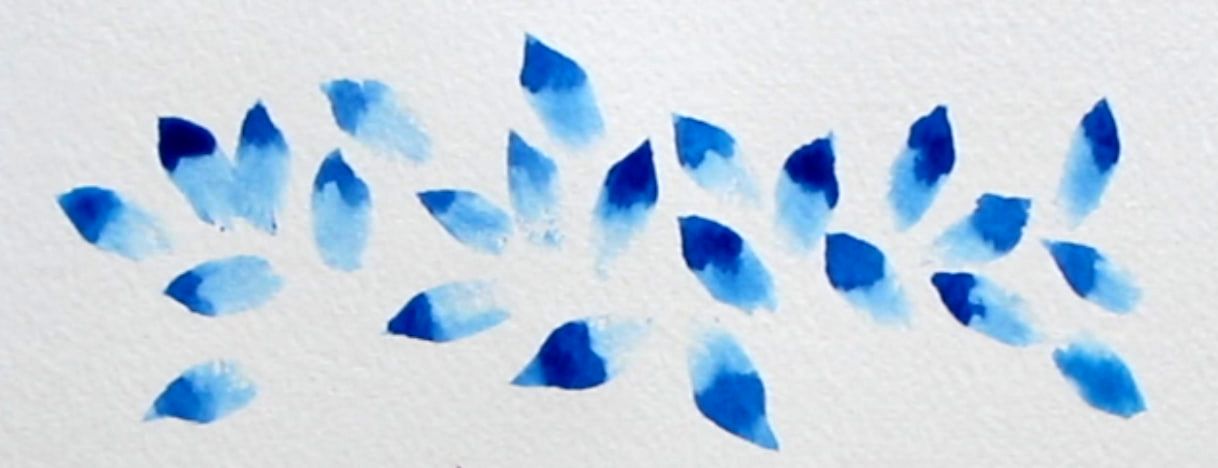
7. Scribbling
To do scribbling (shown in orange in the image below), loosen up your wrist and really practice using your paintbrush in a variety of different ways.
You're looking for irregularity all throughout (no organized patterns or perfect shapes) and this is created via shifting and changing the pressure you're exerting on your paintbrush, but also the angle you're using your paintbrush at (90°/45°/30° from your paper, etc.), and the direction you're painting towards.
You're moving your paintbrush up and down, but also laterally in different ways. Curves and loops are also great.
Just let your wrist go and embrace irregularity!
8. Scribbling + Bouncing
This is a combination of both techniques which can be seen in the image below at the top (the magenta/purplish color).
You'll notice some visible "stamped" leaf/drop shapes, while other shapes are more irregular in terms of their shape and size.
This technique is also great for leaves of plants and trees.
9. Dark-to-Light Lines
With one same load of your paintbrush, you start at the top by painting a line using the color at its most saturated (darkest) state.
In between each line, you dip your paintbrush in your container of water 1-2 times, remove the excess water, and paint the next line. Then you dip your paintbrush in your container of water again, remove the excess water, paint the next line, and so on and so forth until you reach the bottom.
This is a great exercise for water control and understanding translucency, as well as the wide range of values you can create with only one color.
3 Must-Know Watercolor Washes
*For these watercolor wash exercises, I'd recommend larger sized brushes, whether a large round/mop or a flat brush. The larger the painting area, the larger the brush you'll want to use. These strips I prepared for myself were around 3 inches in width and 6 inches in height. I used a 3/4" flat brush.
It's important to create enough juicy/saturated color mixtures for yourself on your color mixing palette and to work quickly as you're laying down that color. The less moving around of paint that you do after it's been placed on paper, the better.
1. Flat Wash
*For these watercolor wash exercises, I'd recommend larger sized brushes, whether a large round/mop or a flat brush. The larger the painting area, the larger the brush you'll want to use. These strips I prepared for myself were around 3 inches in width and 6 inches in height. I used a 3/4" flat brush.
It's important to create enough juicy/saturated color mixtures for yourself on your color mixing palette and to work quickly as you're laying down that color. The less moving around of paint that you do after it's been placed on paper, the better.
1. Flat Wash
The objective with the flat wash is to paint consistent/uniform color all throughout the shape.
What's important to take into account with this one is that, as you're making your way down (or upwards or sideways), your color will start running out from your paintbrush bristles and it'll become lighter and lighter.
How quickly this happens depends on the size of the space you're painting in, as well as the size of the paintbrush you're using. If the shape you're filling up with color is relatively small, and you're using a large brush, perhaps you'll make it through with just one load.
On the other hand, if you're trying to fill a larger space, and are using a smaller brush, you're going to have to reload way more often.
Keep your eye on the paper as you're filling that shape in and notice if/when the color is becoming weaker and, when it does, quickly load up your paintbrush with more paint and pick up where you left off before the paint that's on your paper starts to dry.
2. Graded Wash

For the graded wash, you're looking for your color to become lighter (or darker) as you move up/down. You're looking for a gradual change in value/translucency of the color you're laying down.
As opposed to the flat wash, you want your color to start running out from your paintbrush bristles so that it becomes weaker and weaker as you go.
Keep your eye on your paper and, as your making your way down filling in that shape, make sure your color is becoming more translucent.
If it's not, quickly dip your paintbrush in your container of water a couple of times, remove the excess water, and come back to pick up the edge of your shape where you left off.
I usually have to dip my paintbrush in my container of water to weaken that color at least a couple of times throughout the process to ensure that, when I reach the end of that wash, my color will be at its most translucent.
3. Variegated Wash
In a variegated wash, one color gradually turns into another color, which means we'll need at least a couple of different colors.
I'd recommend getting started with colors that are Analogous (right next to each other) in the color wheel. By choosing Analogous colors, you'll ensure vibrant transition colors throughout the gradient you create.
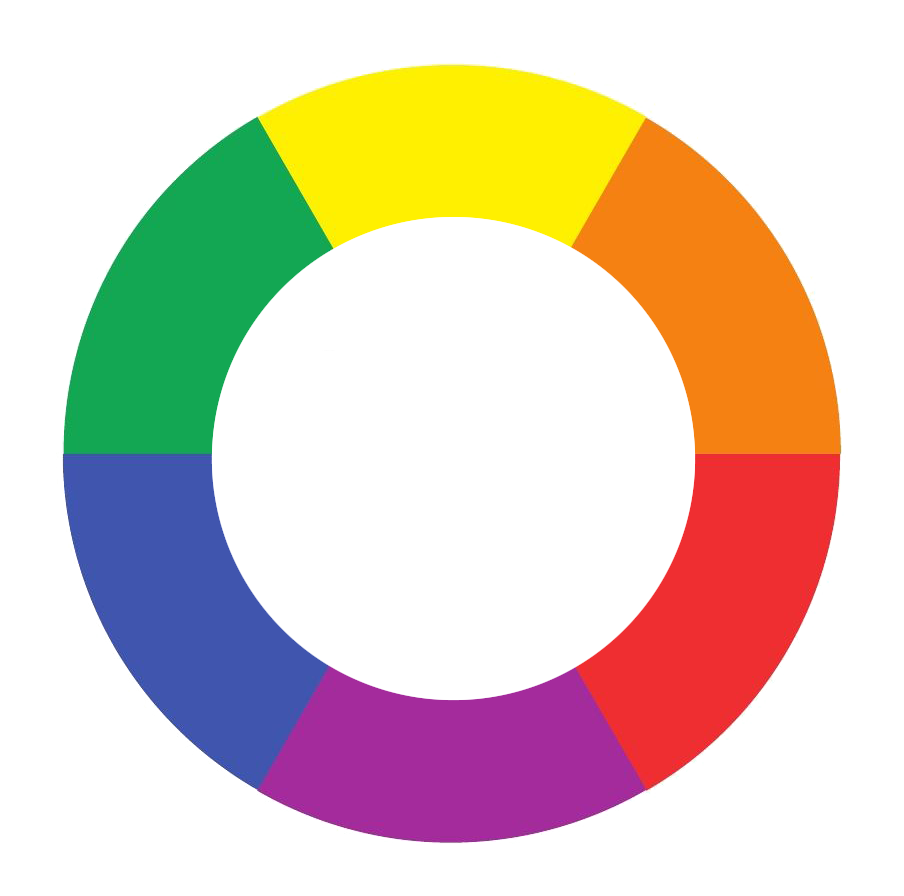
Complementary colors (opposites in the color wheel) mute each other out, and you can accidentally create muddiness or grays/browns in between, where your two colors merge together.
To create a variegated wash, paint in a section of your shape with one of your colors and then remove all of that color from your paintbrush bristles, remove the excess water, load up your paintbrush with the next color and paint in the rest of the shape.
In the video, I painted in the blue until I got around halfway down, I removed the blue from my paintbrush bristles, loaded up my paintbrush with purple and worked on the transitional gradient by overlapping this purple on top of the blue in the middle section.
I then removed the blue-purple from my paintbrush bristles, reloaded with just purple, and finished that last third so that I would only have purple as I made my way towards the bottom.
I hope this post was helpful and wish you lots of progress and enjoyment as you move forward in your journey with watercolor.
*This post contains affiliate links. I receive small commissions for purchases made through these links at no extra cost to you. These commissions help me keep this site up and running, in order for me to keep providing helpful and inspiring art content. :)
Love the look of pen and watercolor artwork and want some tips to get started on the right foot? What are the must-know things to have in mind when combining ink and watercolor in order to avoid undesired accidents? What are some good options for supplies when it comes to ink pens and bottled inks?
Watercolor and ink go together like bread and butter.
As an artist with experience working with a vast array of traditional drawing and painting mediums, I've found very few combos that can so easily create such striking and professional-looking results.
I'm a huge fan of both painting with watercolor as well as of pen and ink sketching, and have released helpful blog posts and videos to help beginners improve their skills with both.
In today's blog post, we're covering the must-know basics to know about when looking to use these two mediums in combination, which brings up a whole new set of questions in terms of process and supplies.
Love the look of pen and watercolor artwork and want some tips to get started on the right foot? What are the must-know things to have in mind when combining ink and watercolor in order to avoid undesired accidents? What are some good options for supplies when it comes to ink pens and bottled inks?
Watercolor and ink go together like bread and butter.
As an artist with experience working with a vast array of traditional drawing and painting mediums, I've found very few combos that can so easily create such striking and professional-looking results.
I'm a huge fan of both painting with watercolor as well as of pen and ink sketching, and have released helpful blog posts and videos to help beginners improve their skills with both.
In today's blog post, we're covering the must-know basics to know about when looking to use these two mediums in combination, which brings up a whole new set of questions in terms of process and supplies.
As with all mixed-media art creation, it's incredibly important to consider how the mediums we're going to be using will be interacting and affecting each other throughout the art-making process, but also how the piece will hold up over time after the artwork has been completed.
By doing a bit of research, choosing the right art supplies, visualizing what results we're after, and planning the techniques/general strategy we'll be using before getting started with a new piece, we can ensure a smoother process and it'll be much more likely that we'll arrive at results we'll love.
Today, I'm incredibly pleased to share an article written for us by pen and ink expert K.T. Mehra. She is the founder of Goldspot Pens, a store based in New Jersey that is dedicated to selling not only beautiful, high-quality fountain pens, but also incredible inks, writing instruments and paper.
Alongside the hard work she does in her company, she's incredibly passionate about literature, history and, you guessed it...art!
Without much further ado, let's get into her helpful tips and recommendations for supplies.
Combining Ink With Watercolor:
Essential Things to Consider
by K.T. Mehra
Watercolor and ink work together beautifully, and this combination of mediums can certainly lead to a variety of amazing effects and styles.
Line work created with dark inks can be colored in with bright watercolor washes for very impactful, modern-looking pieces, but there's also so much room for exploration, creativity, and for artists to bring in their own personalities into the process.
To make it easier for artists just getting started with ink and watercolor, I’ve written a short list of must-know aspects to consider when choosing pens and inks to combine with watercolor. Afterwards, I'll be sharing my favorite options for both ink pens and bottled inks.
Before getting into anything else, when buying inks to combine with watercolor (whether in pen or bottled format), it's important always ask yourself the following four questions:
1. Is it waterproof?
The first and most important factor you want to consider is whether your ink is waterproof. This will determine whether it'll bleed or smudge when water is applied on top of the ink.
When working with watercolor, you'll need quality waterproof ink. This will allow your line work to stay clean and sharp as you apply paint over it. Most pens and inks will be labelled as 'waterproof', whether in pen form or bottled format.
2. Is it water-soluble?
You may come across inks and pens that state they are 'water-soluble'. You want to avoid these inks, as they are made with water and will run when combined with watercolor.
These can be used to create particular styles, but are not ideal for most cases when you're looking for a good ink or pen to use in combination with watercolor, as the ink will run and smudge, and very possible affect the vibrancy of your washes of color.
It's best to assume that any ink pen contains water-soluble ink and will not be ideal for use with watercolor unless its specifically states that it is waterproof. You also usually want to avoid any pen or ink that says it’s 'water-based'.
Watercolor and ink work together beautifully, and this combination of mediums can certainly lead to a variety of amazing effects and styles.
Line work created with dark inks can be colored in with bright watercolor washes for very impactful, modern-looking pieces, but there's also so much room for exploration, creativity, and for artists to bring in their own personalities into the process.
To make it easier for artists just getting started with ink and watercolor, I’ve written a short list of must-know aspects to consider when choosing pens and inks to combine with watercolor. Afterwards, I'll be sharing my favorite options for both ink pens and bottled inks.
Before getting into anything else, when buying inks to combine with watercolor (whether in pen or bottled format), it's important always ask yourself the following four questions:
1. Is it waterproof?
The first and most important factor you want to consider is whether your ink is waterproof. This will determine whether it'll bleed or smudge when water is applied on top of the ink.
When working with watercolor, you'll need quality waterproof ink. This will allow your line work to stay clean and sharp as you apply paint over it. Most pens and inks will be labelled as 'waterproof', whether in pen form or bottled format.
2. Is it water-soluble?
You may come across inks and pens that state they are 'water-soluble'. You want to avoid these inks, as they are made with water and will run when combined with watercolor.
These can be used to create particular styles, but are not ideal for most cases when you're looking for a good ink or pen to use in combination with watercolor, as the ink will run and smudge, and very possible affect the vibrancy of your washes of color.
It's best to assume that any ink pen contains water-soluble ink and will not be ideal for use with watercolor unless its specifically states that it is waterproof. You also usually want to avoid any pen or ink that says it’s 'water-based'.
3. Is the ink pigmented?
Oftentimes it's not 100% clear whether the pen contains waterproof ink or not. One sign that the pen is most likely waterproof and usable with watercolor is if it includes the words 'pigment' or 'pigmented ink' on the pen or bottle.
Pigments are tiny particles of colored material that do not dissolve in water. In other words, they are rarely water-soluble or water-based, which makes them good for use with watercolor.
4. How long does it take to dry?
Another factor you want to consider is the ink’s drying time. If you apply watercolor too soon after drawing with ink, it's likely that some smudging will occur.
Most inks will dry after an hour or two, but to avoid this completely, you’ll want to wait 12 to 24 hours for the ink to fully dry and set into the paper.
If you don't want to wait this long for the ink to dry, make sure that to purchase a fast-drying ink. I'll recommend my favorite below, so keep on reading!
Are you supposed to do your ink line work before or after your watercolor washes?
This is a great question, and the answer is even better.
The truth is... either way works!
There are pros and cons to both methods, but it's ultimately up to you to experiment and determine what'll work best for you, making sure, of course, that you're taking precautions and allowing layers the necessary time to dry in between.
It depends on the artist's personal way of working and the outcome that he/she is going for.
A reason you might want to do your ink work before watercolor is that it allows you to focus on your line work and/or outlines first, establishing a type of preliminary sketch to work with. You're then able to begin applying watercolor washes and it's easier to stay inside the lines and have more control over where the color is applied.
Also, you'll likely find that the pen glides across your paper more smoothly when there's no paint on your paper yet, which can be a pro for many artists.
A reason you might want to do your ink work after your watercolor painting process is if you're looking for your line work to be very clear and visible.
Doing your line work after your washes also allows you to first freely paint with watercolor, creating abstract shapes and organic effects which can then serve as a guide or a type of underpainting for the line work that'll come later.
This technique is great for artists who love the looseness and interesting effects watercolor allows, and want the paint to be the primary creative force structuring the artwork.
It's also important to note that, when doing your ink work after your watercolor painting, you're also able to use water-soluble inks, as long as you've allowed your painting to dry for 24 hours.
Have fun, explore and get creative with your process!
Ink and watercolor can and should be used in new ways that give your pieces a unique personality and character. I'd recommend exploring both sequences and analyzing which results you like best.
Best Waterproof Pens For Use With Watercolor
Now that we’ve covered the basic things to consider when searching for an ink pen or bottled ink to use in combination with watercolor paint, let’s look at the best waterproof pens available (in no particular order).
Uni-Ball Signo Gelstick Pen
The Uni-Ball Signo is a great beginner-friendly option. It's affordable and one of the best ink pens for use with watercolor. It's waterproof, fade-proof, and is able to create smooth, thin lines. It also doesn’t leave stop and start marks at the end of long lines and marks like most gel pens do.
*Most Affordable *Best Gel Pen
Sakura Pigma Micron Series
If you’re looking for a slightly more professional fineliner pen, the Sakura Pigma Micron is a great option, and it's one our favorite fineliner pens for use with watercolor. The Sakura Pigma Micron draws smooth, thin, and very consistent lines that can really help bring together watercolor pieces.
Artists around the world swear by the Pigma Micron for its precise and professional line work.
*Best Fineliner Pen
Lamy Safari Fountain Pen
Using disposable pens can definitely become expensive because they have to be replaced after a relatively short period of time, especially when using them for drawing/sketching purposes.
We recommend, as an alternative, using a fountain pen and filling it with your own ink. This allow us to use our own choice of ink at an affordable price and we can continue filling up the pen when the ink runs out. As long as we take care of the pen, it'll last for years.
If you are looking to invest in a fountain pen, Lamy Safari is the best option for beginners and is relatively affordable for a quality, reusable fountain pen.
*Best Beginner-Friendly Fountain Pen *Most Affordable
Uni-Ball Impact Gel Pen
The Impact Uni-ball pen is a slightly more expensive gel pen option that works wonderfully with watercolors. Go with this waterproof pen if you're looking to incorporate thicker, bolder outlines or marks into your watercolor paintings.
This pen draws fairly wide lines. So if you are looking to do very detailed work, you will need a large canvas or paper, which may be a drawback of the impact gel pen for some artists.
Fudenosuke Brush Pen
Another interesting option is using a brush pen alongside watercolors! The Fudenosuke pen by Tombow is perfect for use with watercolor, as it is waterproof, and produces beautiful drawings with a lot of line-weight variation.
Brush pens allow for varying thicknesses of lines/marks via changing the pressure and angle we're using. If you aren’t looking for a this kind of variation in your line work, as well as organic transitions between thin and thick lines, a brush pen may not be for you.
This pen also requires practice and a certain level of control, which may be a drawback for some artists.
*Best Brush Pen
Kaweco Pen
If the thought of a fountain pen caught your attention, the Kaweco brand is famous for their superior quality fountain pens.
Winsor and Newton Fineliner
This is another beautiful and unique option for a high-quality fineliner that works great with watercolor. Winsor and Newton provide a great lineup of fineliners that are waterproof and come in many sizes and colors. I can’t recommend them enough!
Using disposable pens can definitely become expensive because they have to be replaced after a relatively short period of time, especially when using them for drawing/sketching purposes.
We recommend, as an alternative, using a fountain pen and filling it with your own ink. This allow us to use our own choice of ink at an affordable price and we can continue filling up the pen when the ink runs out. As long as we take care of the pen, it'll last for years.
If you are looking to invest in a fountain pen, Lamy Safari is the best option for beginners and is relatively affordable for a quality, reusable fountain pen.
*Best Beginner-Friendly Fountain Pen *Most Affordable
Uni-Ball Impact Gel Pen
The Impact Uni-ball pen is a slightly more expensive gel pen option that works wonderfully with watercolors. Go with this waterproof pen if you're looking to incorporate thicker, bolder outlines or marks into your watercolor paintings.
This pen draws fairly wide lines. So if you are looking to do very detailed work, you will need a large canvas or paper, which may be a drawback of the impact gel pen for some artists.
Fudenosuke Brush Pen
Another interesting option is using a brush pen alongside watercolors! The Fudenosuke pen by Tombow is perfect for use with watercolor, as it is waterproof, and produces beautiful drawings with a lot of line-weight variation.
Brush pens allow for varying thicknesses of lines/marks via changing the pressure and angle we're using. If you aren’t looking for a this kind of variation in your line work, as well as organic transitions between thin and thick lines, a brush pen may not be for you.
This pen also requires practice and a certain level of control, which may be a drawback for some artists.
*Best Brush Pen
Kaweco Pen
If the thought of a fountain pen caught your attention, the Kaweco brand is famous for their superior quality fountain pens.
Winsor and Newton Fineliner
This is another beautiful and unique option for a high-quality fineliner that works great with watercolor. Winsor and Newton provide a great lineup of fineliners that are waterproof and come in many sizes and colors. I can’t recommend them enough!
The Unipin Fine Line
The Unipin Fine Line is a great and fun-to-use waterproof pen, but it does have some drawbacks. I love this pen and it’s definitely worth a buy. Unfortunately, when using an eraser on the Unipin Fine Line, the ink fades and blurs a bit.
This is a fantastic option if you do not plan on using any pencil markings that you’re thinking of erasing later in the process.
Pentel Pocket Brush Pen
If you are looking for something a little different, the Pentel Pocket Pen is a really neat option. This pen was created for writing expressive Japanese calligraphy. It has a very sensitive felt-tip that's able to create plenty of variation when it comes to line width.
This may be a negative for new artists, but it does allow more control for experienced artists that are used to brush pens.
Faber-Castell Assorted Pens
Faber-Castell has an awesome pack of eight waterproof pens which offers and assortment of different types and sizes. They call these their Pitt Artist Pens, and the cool thing about this pack is that you get four fineliners and four brush pens in almost every size.
There are better ink pens to use with watercolor on this list, but the Faber-Castell Artist Pens are waterproof and do work well with watercolor. The main benefit of buying this pen set is primarily the variety offered, which allows the artist to explore amongst them.
*Most Variety
The Unipin Fine Line is a great and fun-to-use waterproof pen, but it does have some drawbacks. I love this pen and it’s definitely worth a buy. Unfortunately, when using an eraser on the Unipin Fine Line, the ink fades and blurs a bit.
This is a fantastic option if you do not plan on using any pencil markings that you’re thinking of erasing later in the process.
Pentel Pocket Brush Pen
If you are looking for something a little different, the Pentel Pocket Pen is a really neat option. This pen was created for writing expressive Japanese calligraphy. It has a very sensitive felt-tip that's able to create plenty of variation when it comes to line width.
This may be a negative for new artists, but it does allow more control for experienced artists that are used to brush pens.
Faber-Castell Assorted Pens
Faber-Castell has an awesome pack of eight waterproof pens which offers and assortment of different types and sizes. They call these their Pitt Artist Pens, and the cool thing about this pack is that you get four fineliners and four brush pens in almost every size.
There are better ink pens to use with watercolor on this list, but the Faber-Castell Artist Pens are waterproof and do work well with watercolor. The main benefit of buying this pen set is primarily the variety offered, which allows the artist to explore amongst them.
*Most Variety
Best Bottled Ink For Use With Watercolor
If you’re looking for the absolute best supplies to use for your ink and watercolor pieces, buying your own ink bottle along with a fountain pen or dip pen is going to provide you a custom experience and might just be the way to go.
Next, I’ll reveal my top ten picks in terms of the best bottled inks out there.
Platinum Carbon Ink
Probably my favorite ink to use with watercolor is the Platinum Carbon ink. It's a beautiful natural black textured ink that comes in a lovely little glass bottle. This permanent, waterproof ink is great for use with watercolors.
This ink takes about an hour to dry. Once dried, it’s resistant to water, erasing, smudging and anything else.
This Japanese ink is highly sought-after, which makes it slightly pricey, but it's worth every penny!
*Best Overall Ink
De Atramentis Archive Ink
This is an incredible waterproof ink. The color is less textured and not as pretty than the Platinum Carbon Ink and less of a 'true black' than the Speedball India Ink, but the De Atramentis Archive Ink may just be the most waterproof ink on this list.
I've experienced absolutely no smearing or even a drop of ink smudged after working on my watercolor washes. The ink was also dry after only a few minutes! This is a great and really safe option for use for your watercolor projects.
*Most Waterproof Ink *Best Fast-Drying Ink
Speedball Super Black India Ink
India ink is the best, deepest, truest black ink you can get. Speedball's India Ink is an amazing waterproof option. Some artists mention occasional smearing, but I've personally never had this happen.
The Speedball Super Black India Ink is the best ink bottle you can purchase for a pure, true black outline with your fountain pen and dip pen. If you use this with your Lamy Safari fountain pen or the Kaweco, you’ll want to clean out the pen often, as this ink is thick and can clog the pen if not cleaned routinely.
*Best Pure Black Ink
Winsor and Newton Ink
Winsor and Newton’s ink is also great for watercolor projects. It offers a matte black finish that would be perfect for more modern or cartoony styles and line work. This ink does take a while to dry, but if you're looking for this kind of color and style, it’s definitely worth it.
Sailor Kiwa-Guro
Sailor is a company that's known for their fountain pens, but they're also one of the top ink manufacturers in the world. This is another high-end Japanese ink that performs beautifully for both writing and drawing. You cannot go wrong with the Sailor Kiwa-Guro.
The ink is a solid matte black and dries very quickly. The big negative is that there have been reports of it losing its waterproof properties after several months of being left in the bottle.
So far, this hasn’t happened in my personal experience, but it would make this option riskier if our aim is to combine it with watercolor.
|
|
How To Find The Right Pen And Ink For You
Like with all art supplies, it’s important to explore for yourself in order to find the right pen (and ink) for you. Art is such a personal experience, and we all have different styles, quirks, and processes.
Try different pens and inks to find the ones that work best for you, starting at accessible options if you have a limited budget. Finding your personal favorites will make all the difference when working on a new art piece.
Whether you decide on a gel pen, a fountain pen and ink, or a professional fineliner, we are excited to see what you come up with!
Sending out a huge thank you to K.T. Mehra for her enlightening tips and recommendations!
To find out more about Goldspot Pens and the products they have available, visit their website here.
Also be sure to follow their Facebook page and Instagram account for the latest news.
Thanks for reading!
Find a list of my favorite art supplies here.
Sending out a huge thank you to K.T. Mehra for her enlightening tips and recommendations!
To find out more about Goldspot Pens and the products they have available, visit their website here.
Also be sure to follow their Facebook page and Instagram account for the latest news.
Thanks for reading!
Find a list of my favorite art supplies here.
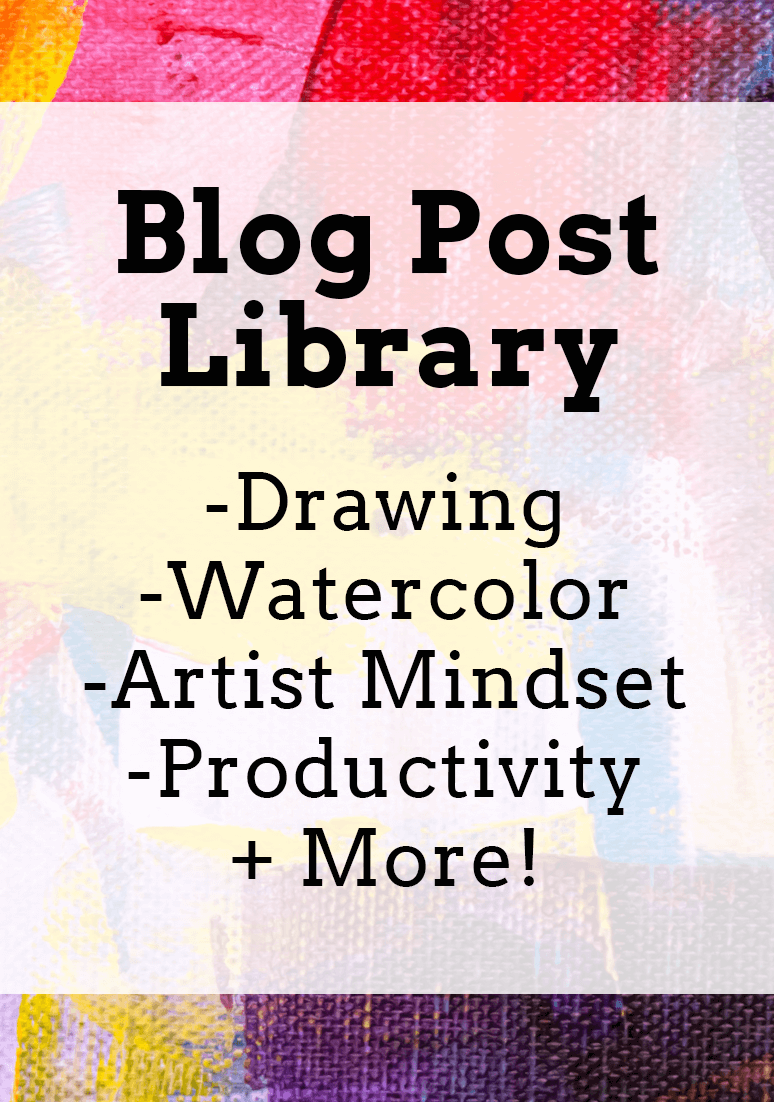
www.erikalancaster.com
is a participant in the Amazon Services LLC Associates Program, an affiliate advertising program designed to provide a means for sites
to earn advertising fees by advertising and linking to amazon.com.
www.erikalancaster.com
is a participant in the Shareasale.com Affiliate Program, an affiliate advertising program designed to provide a means for sites to earn advertising fees by advertising and linking to Shareasale.com partner companies.
is a participant in the Amazon Services LLC Associates Program, an affiliate advertising program designed to provide a means for sites
to earn advertising fees by advertising and linking to amazon.com.
www.erikalancaster.com
is a participant in the Shareasale.com Affiliate Program, an affiliate advertising program designed to provide a means for sites to earn advertising fees by advertising and linking to Shareasale.com partner companies.

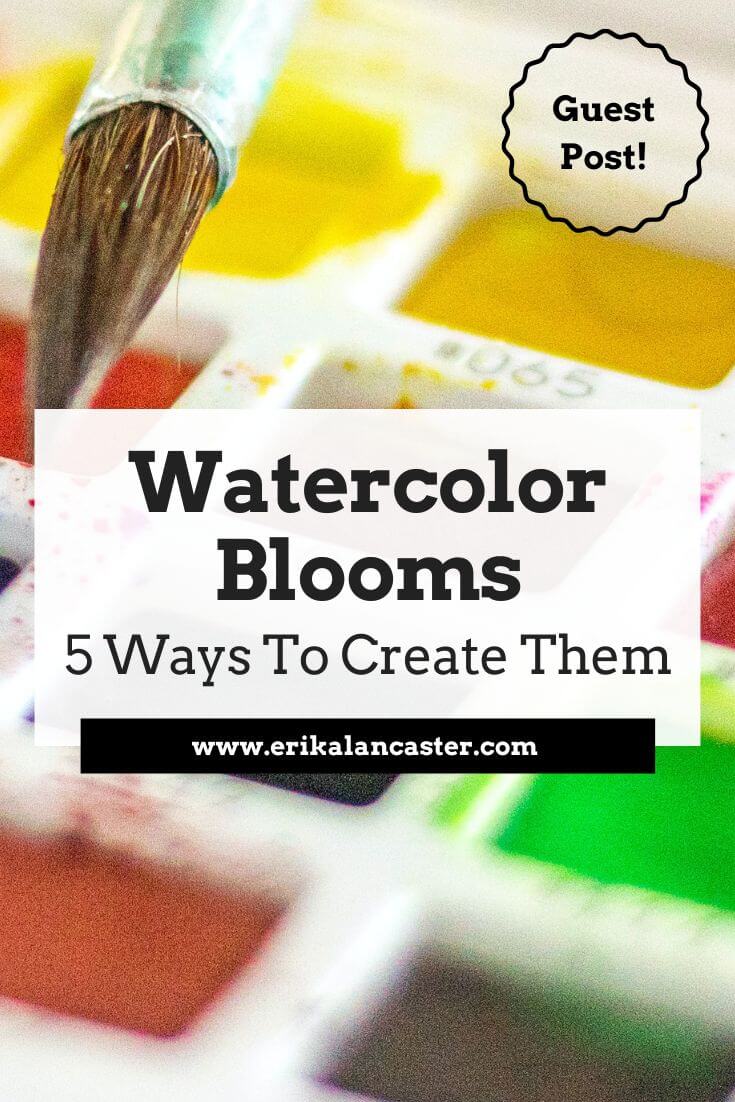
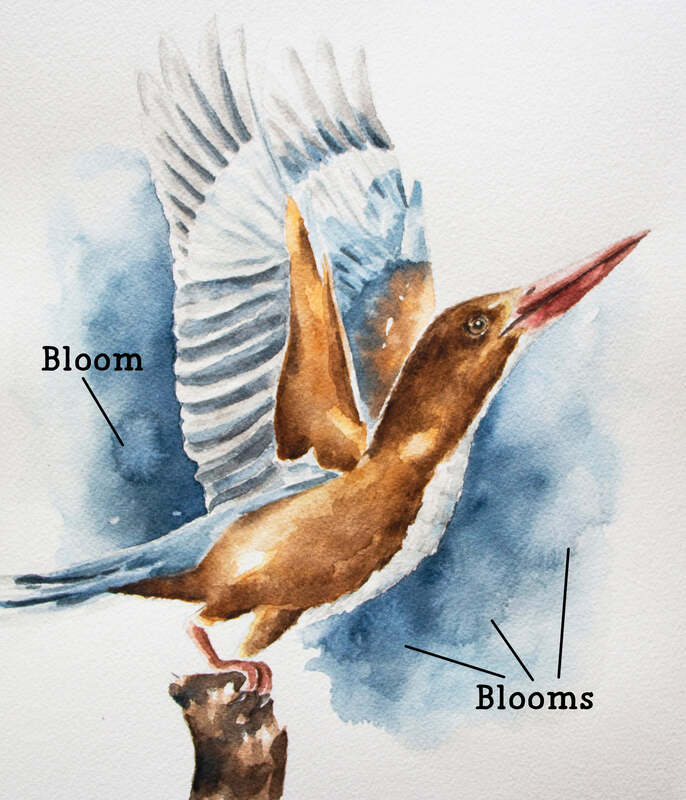
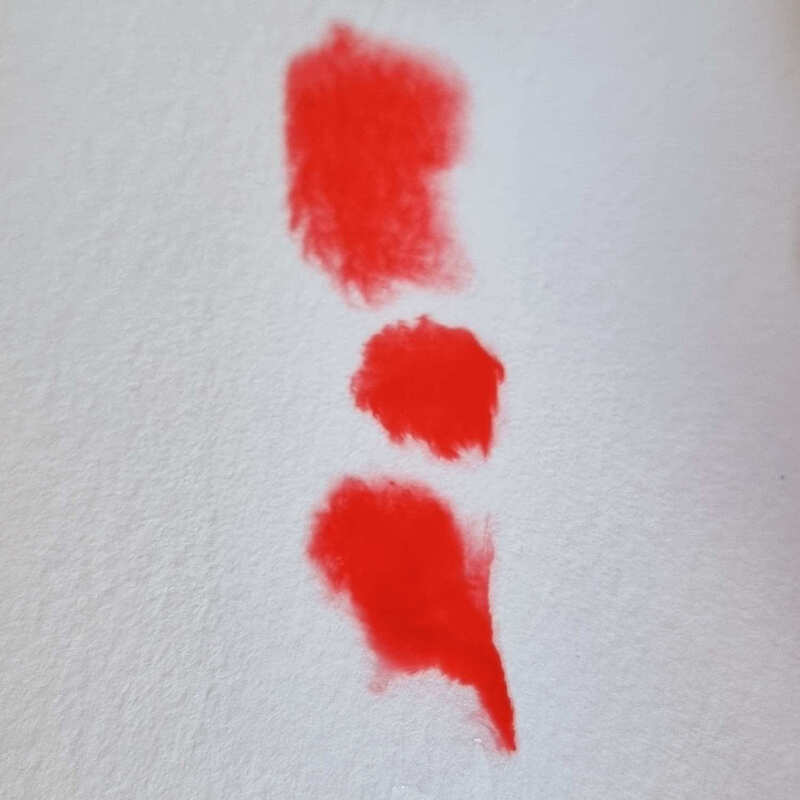
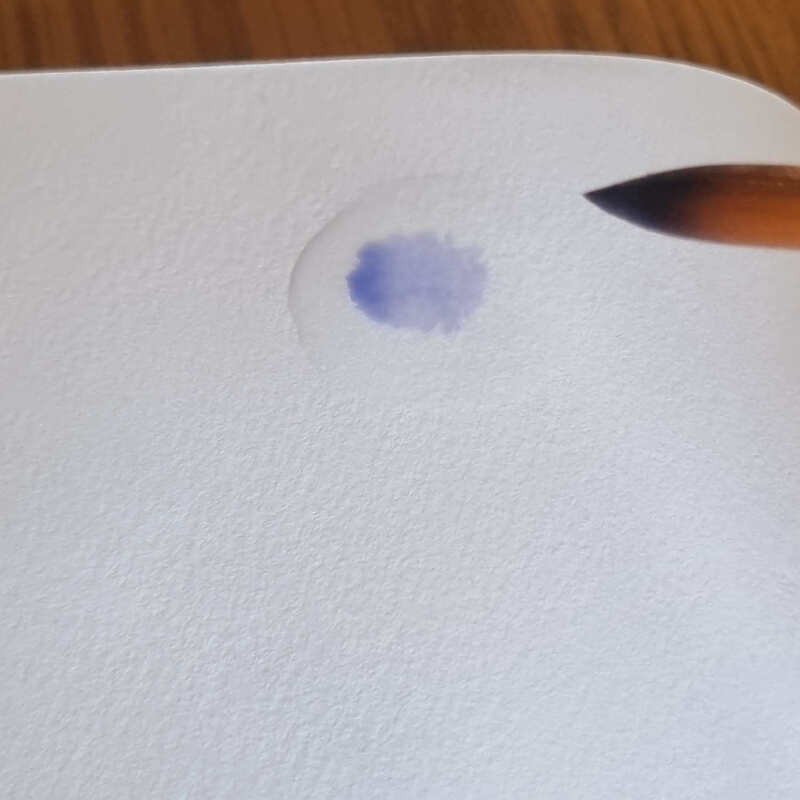
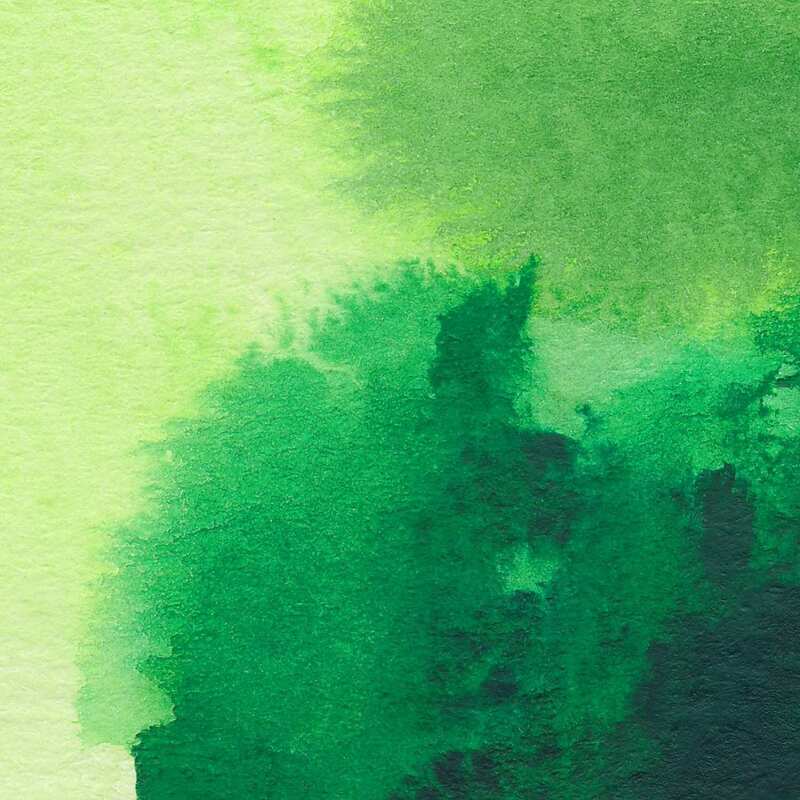
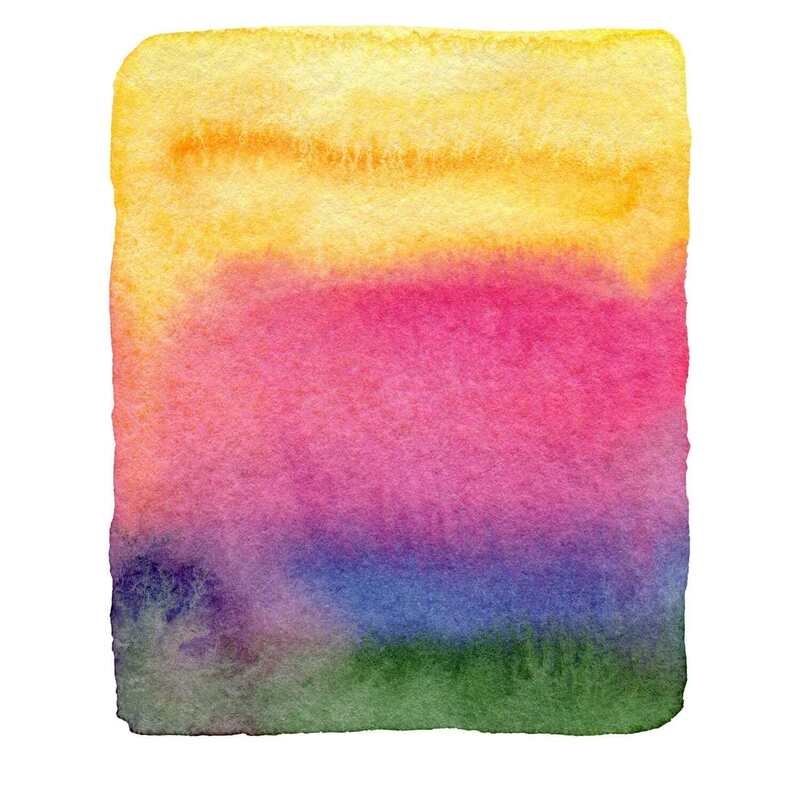
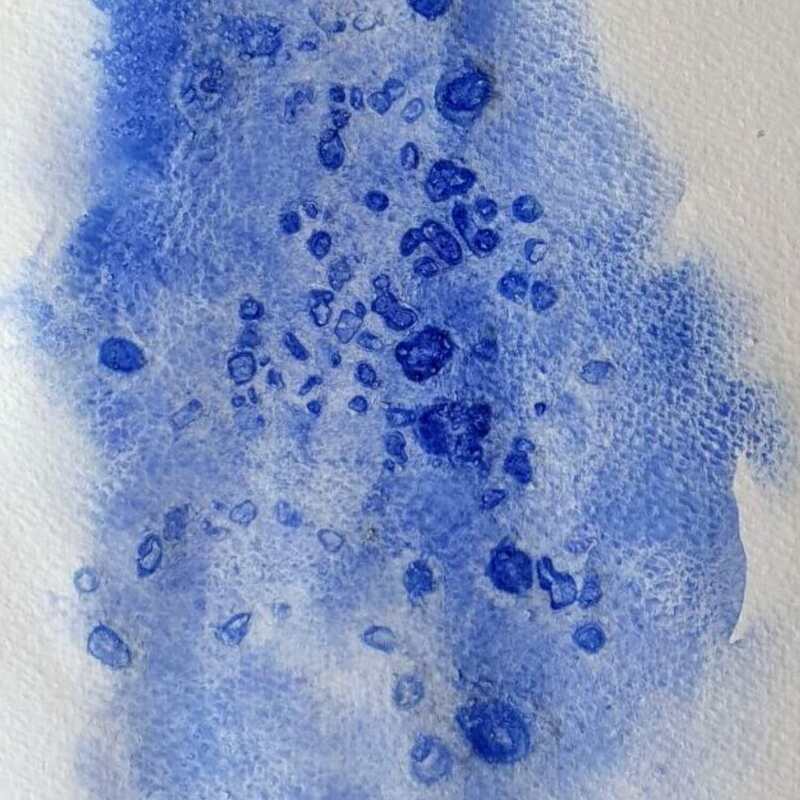
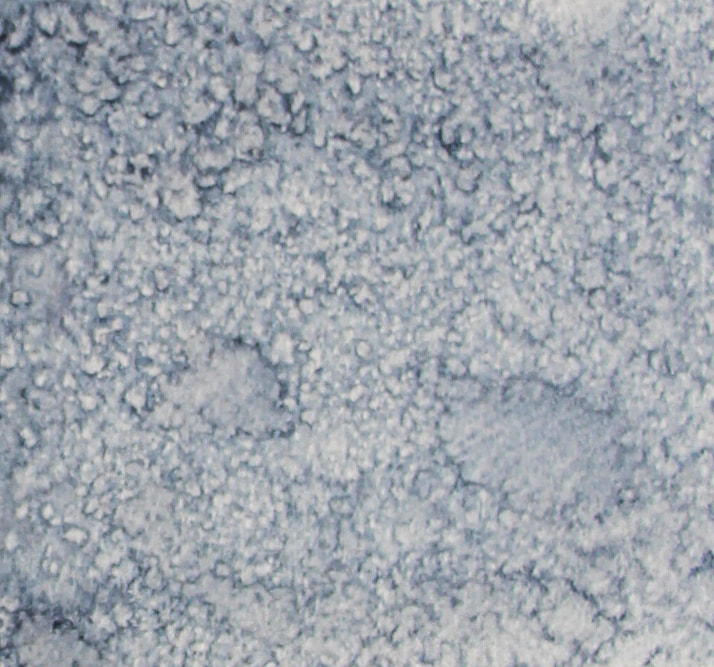
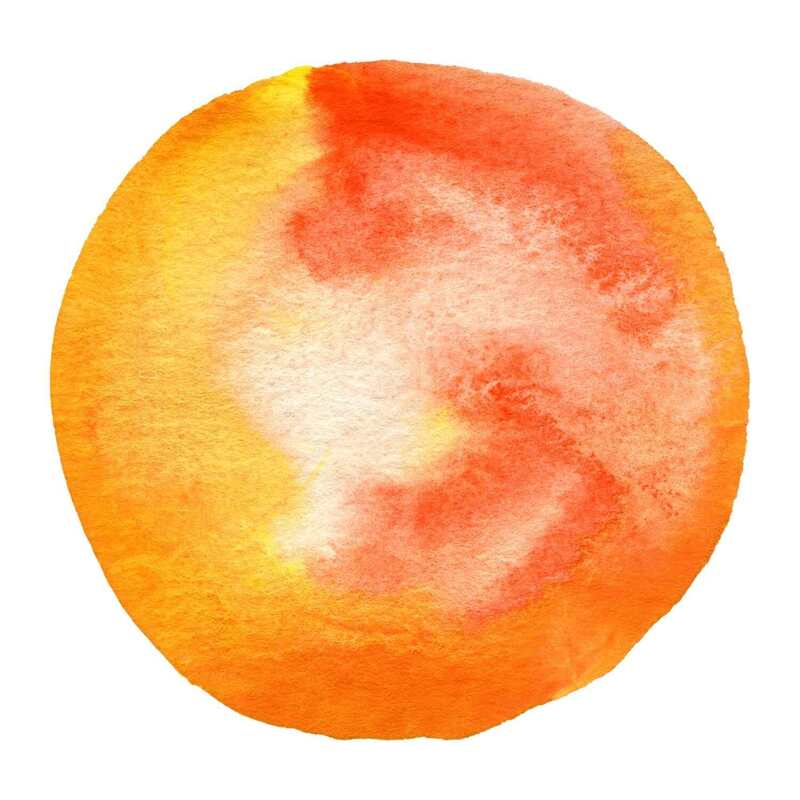
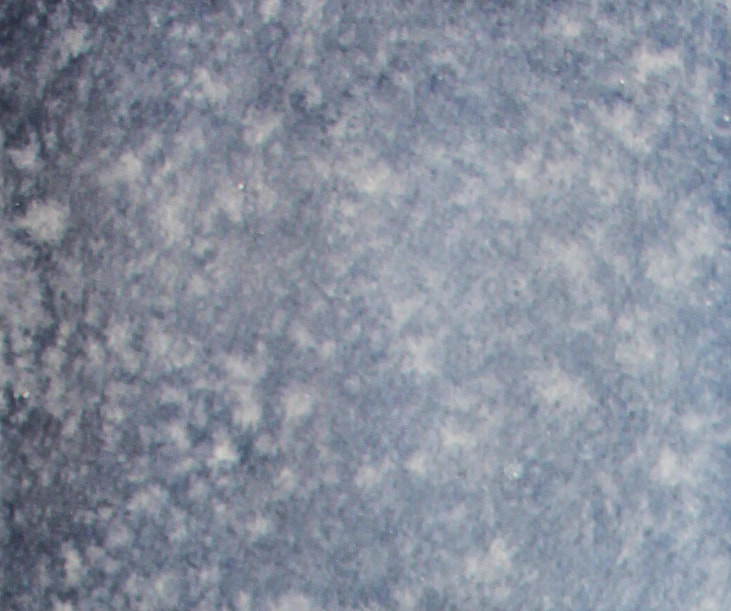

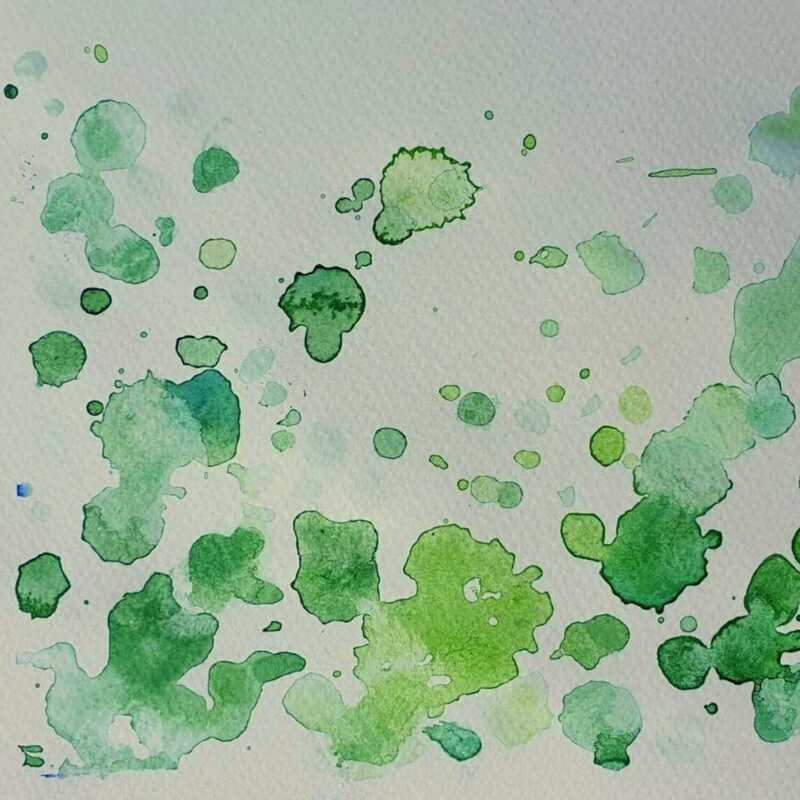
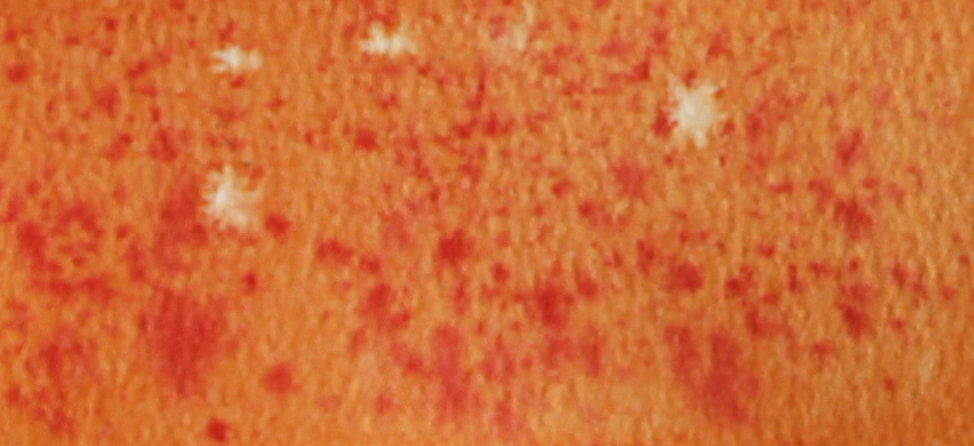
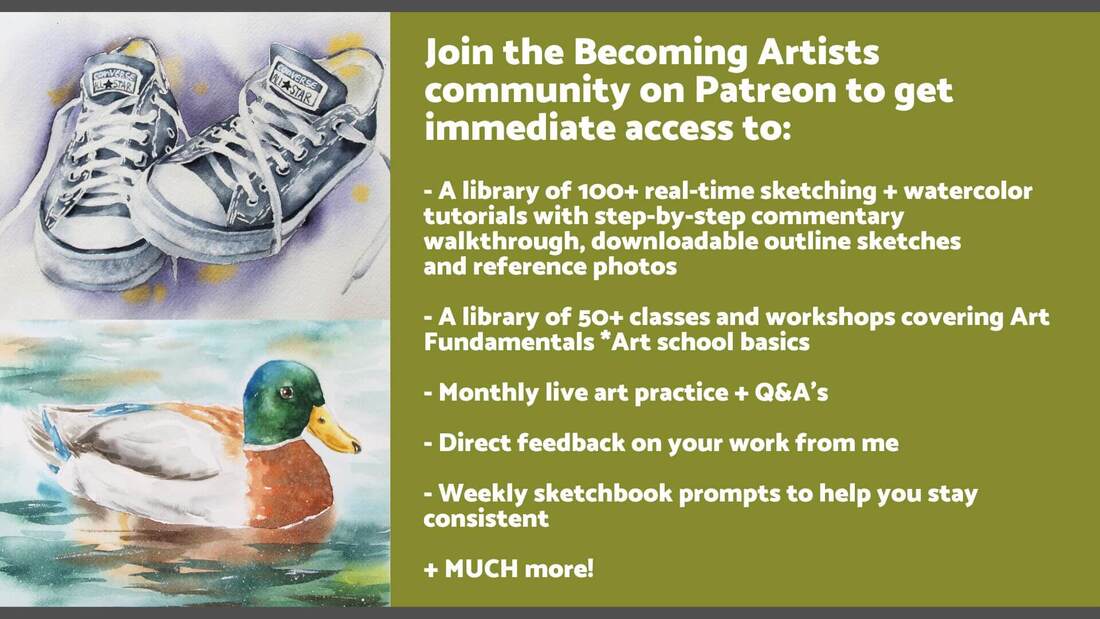
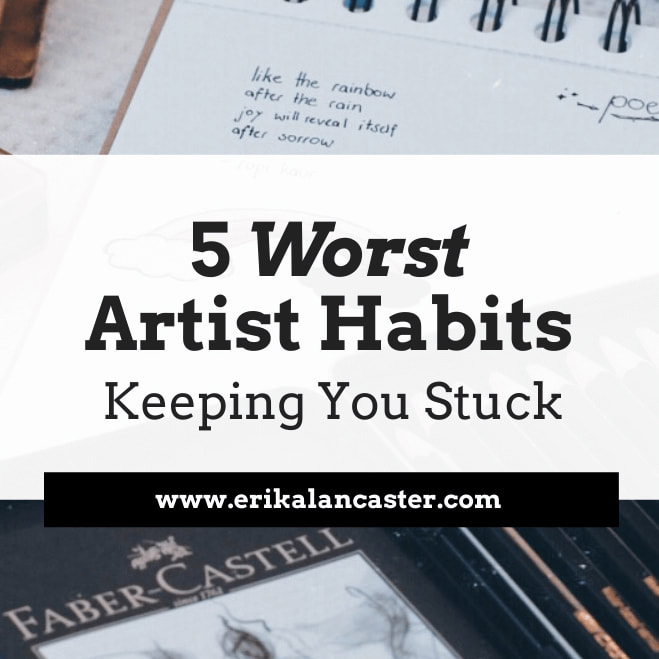
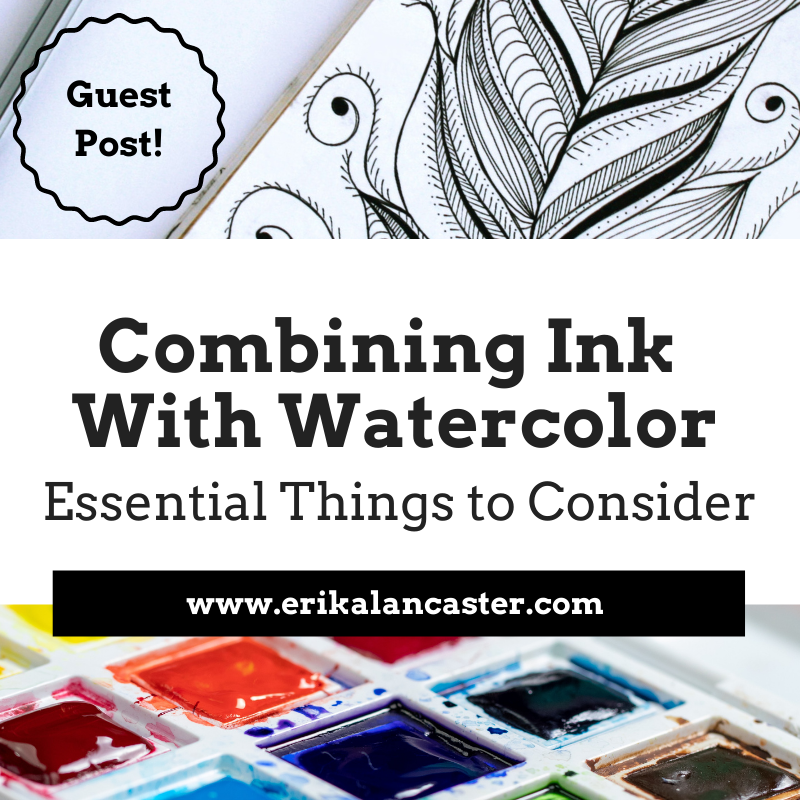
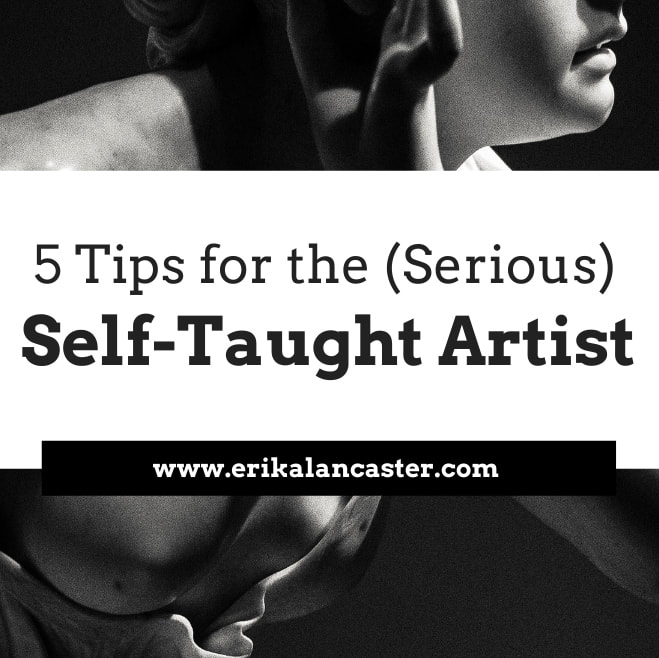
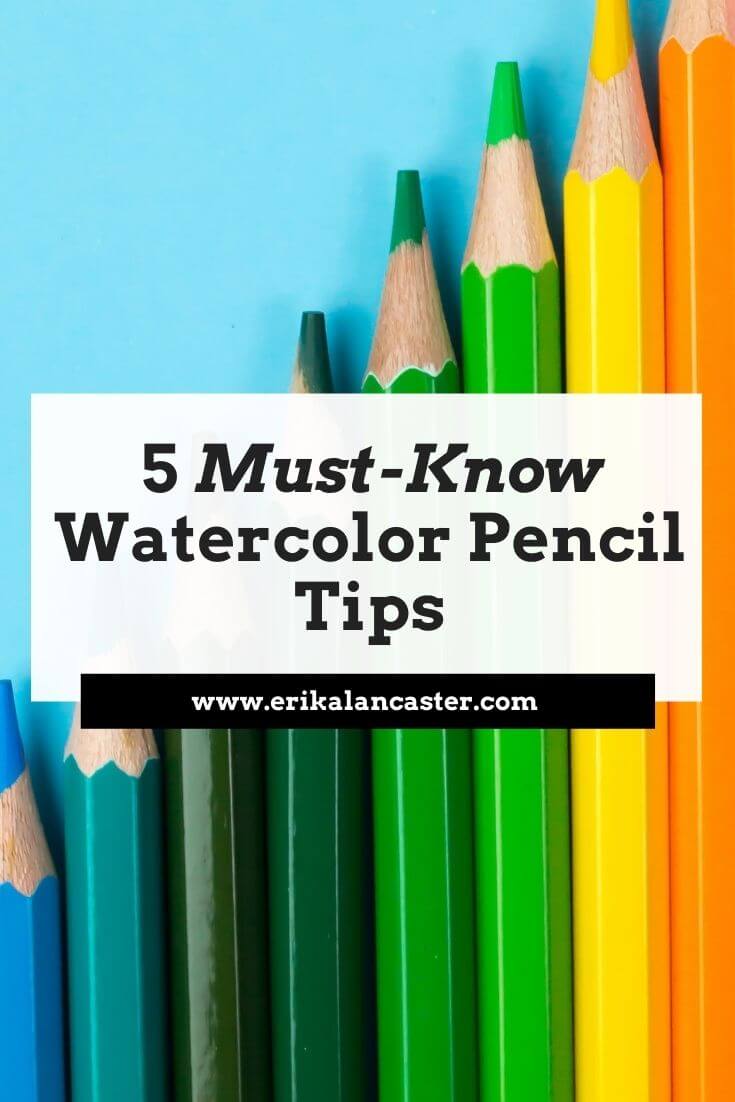
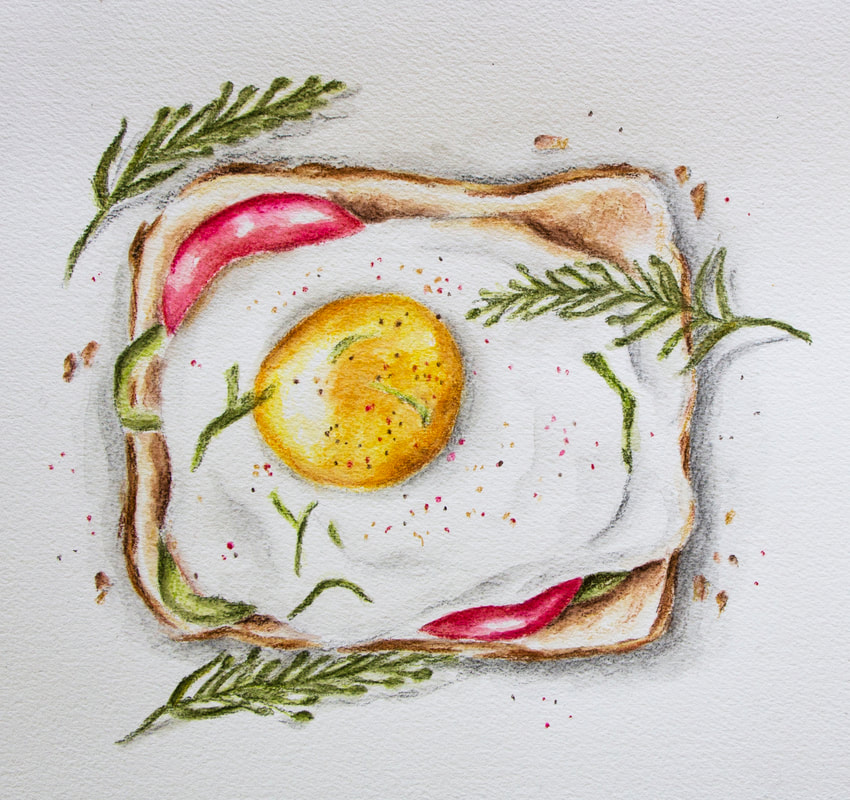
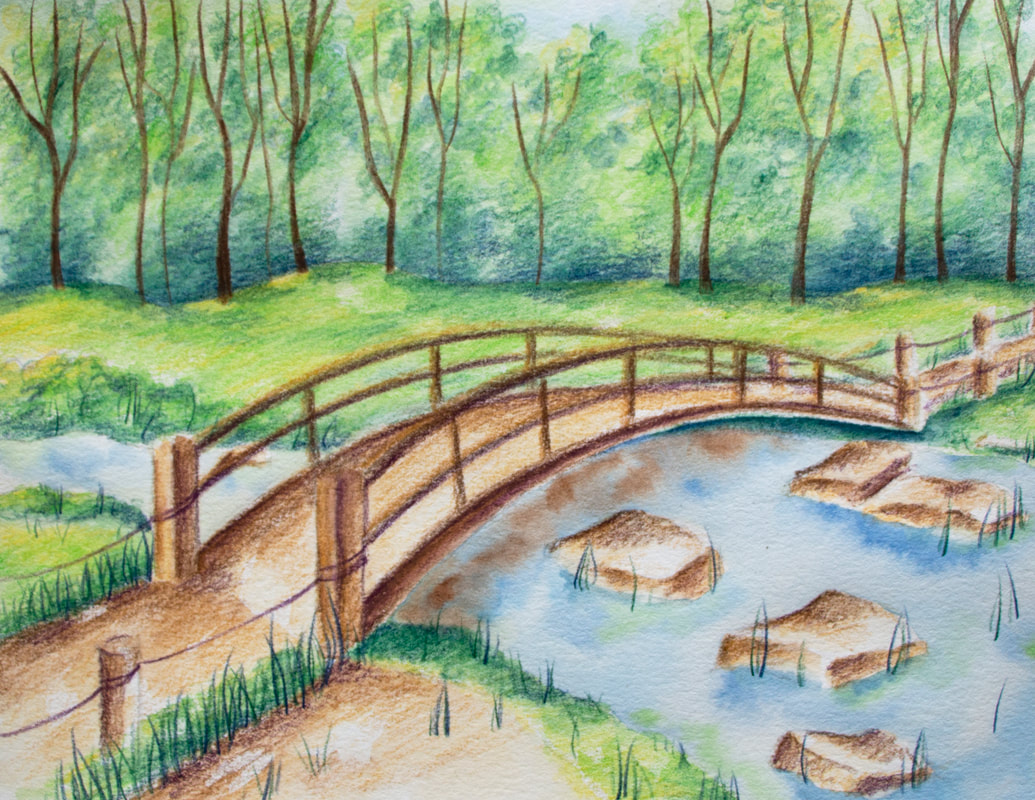
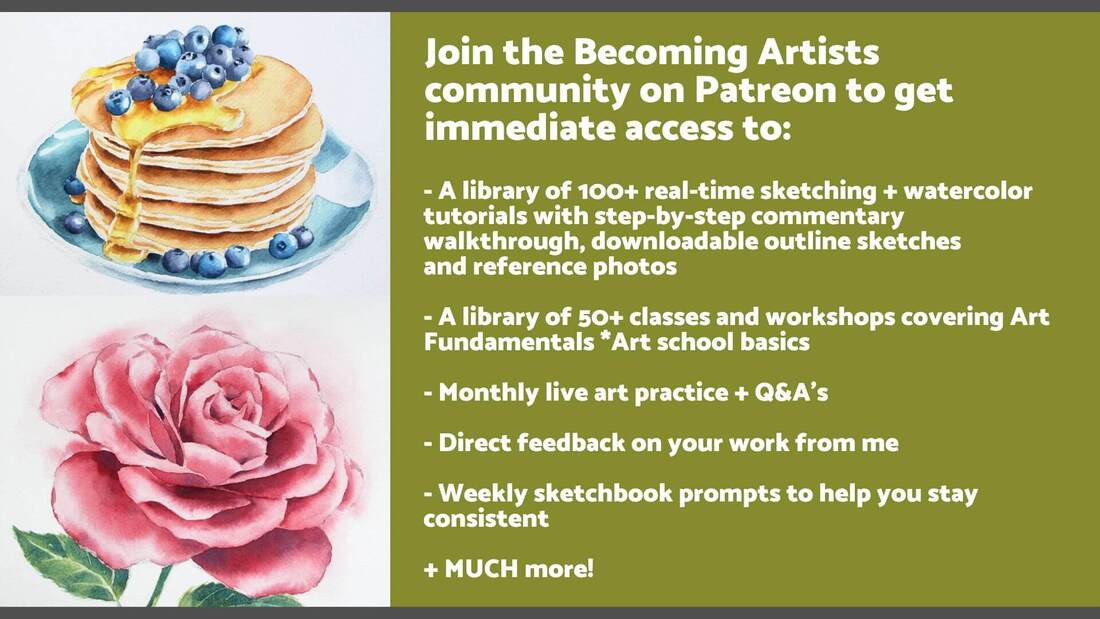
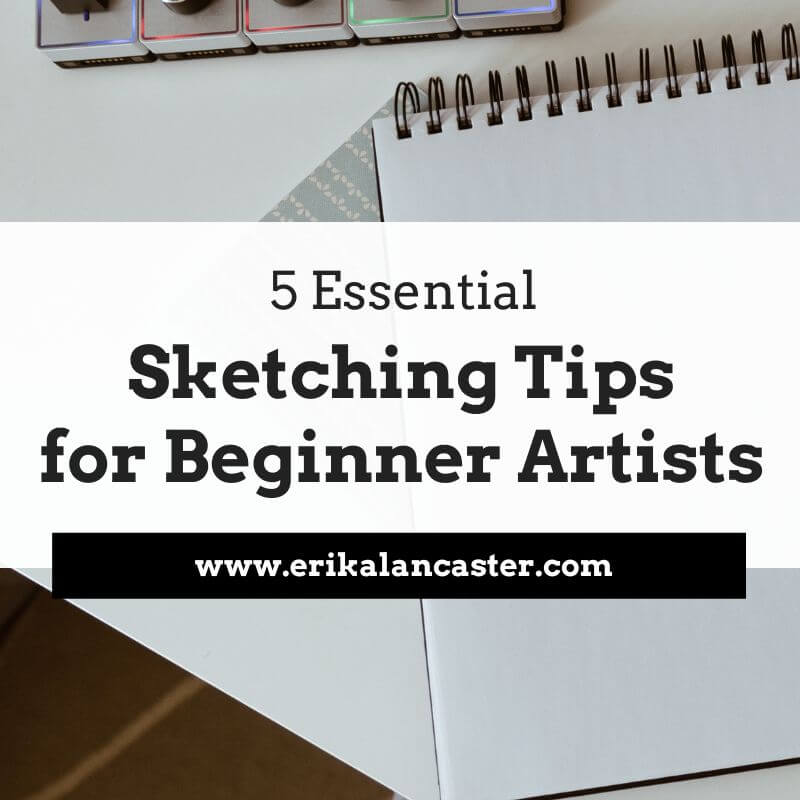
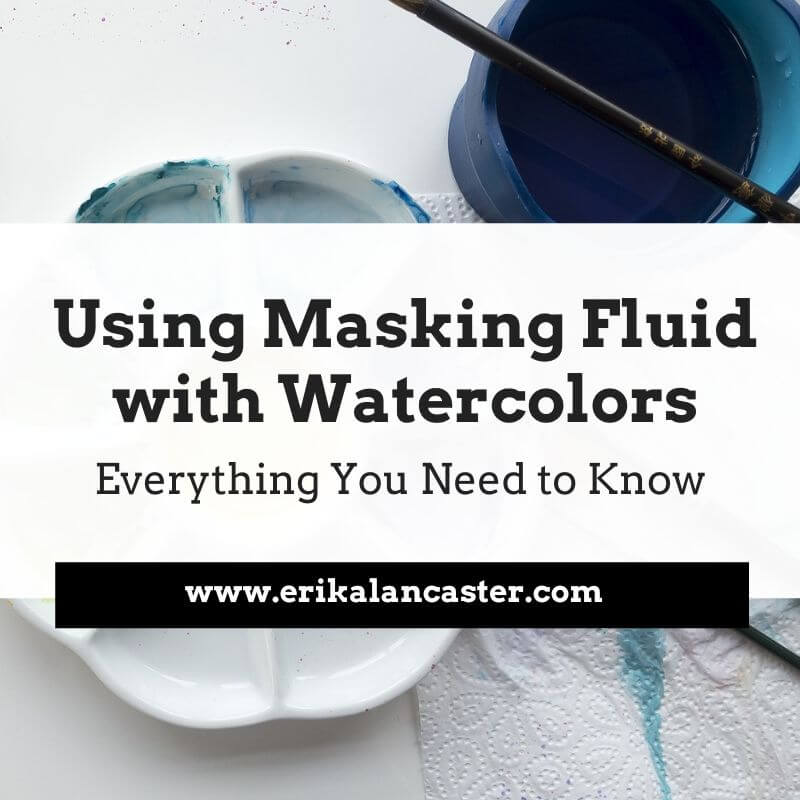
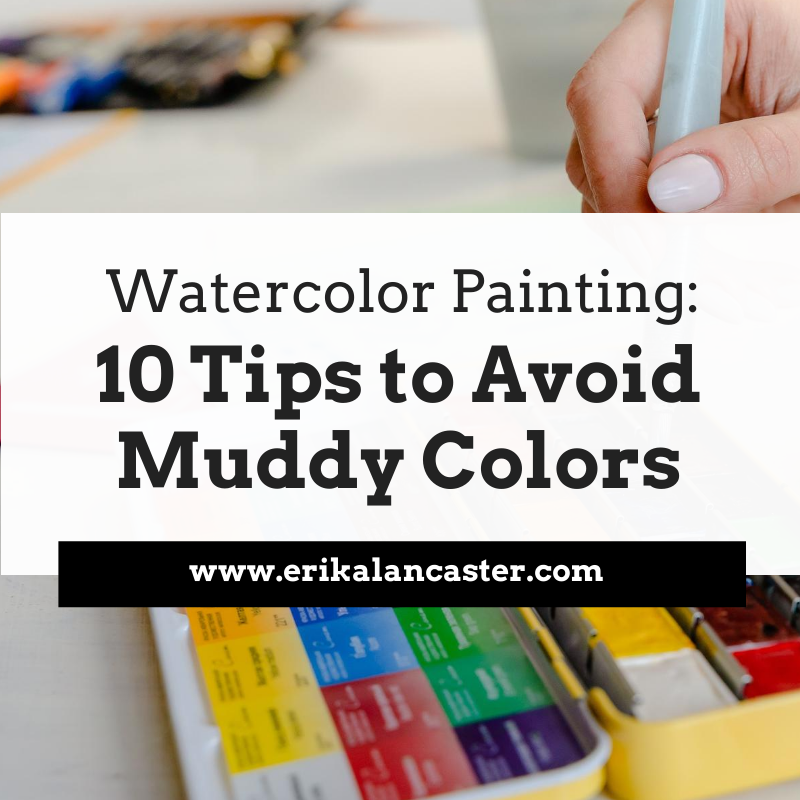
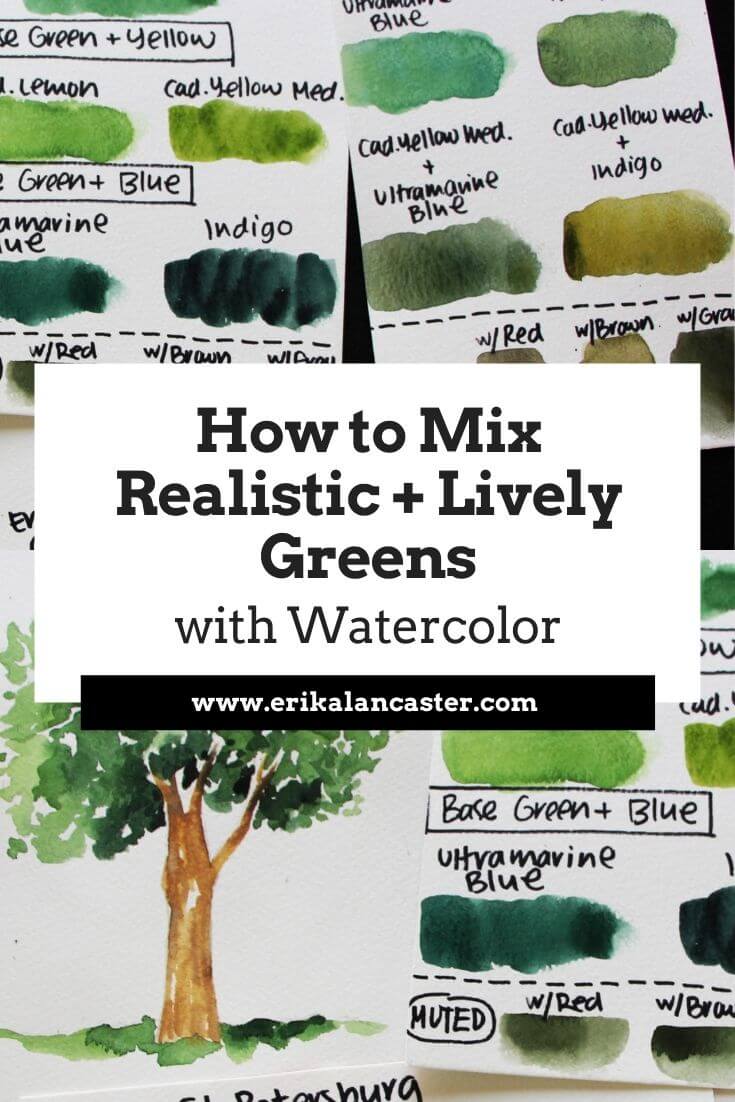
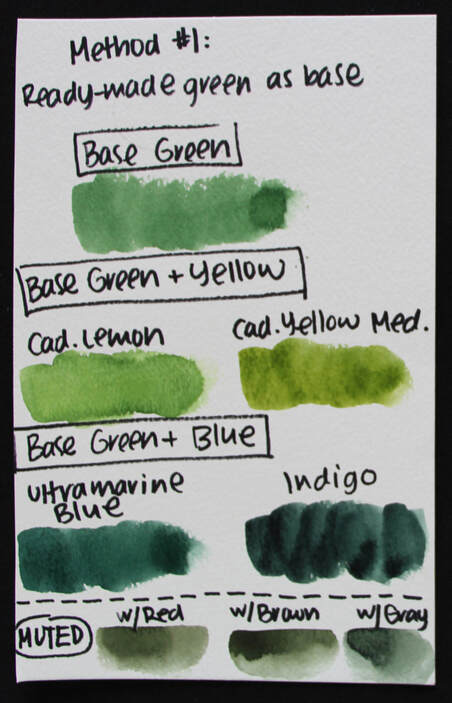
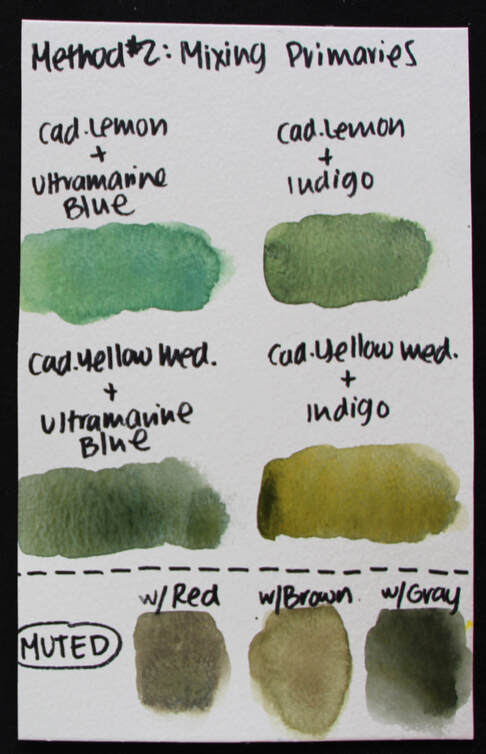
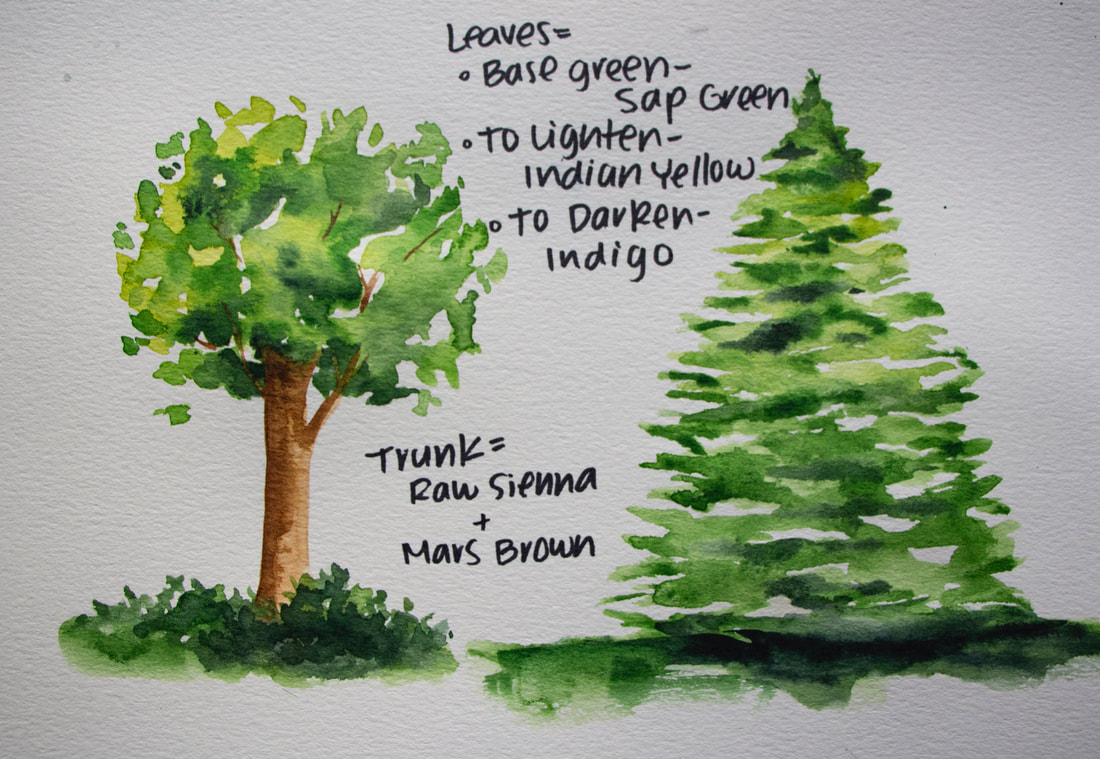
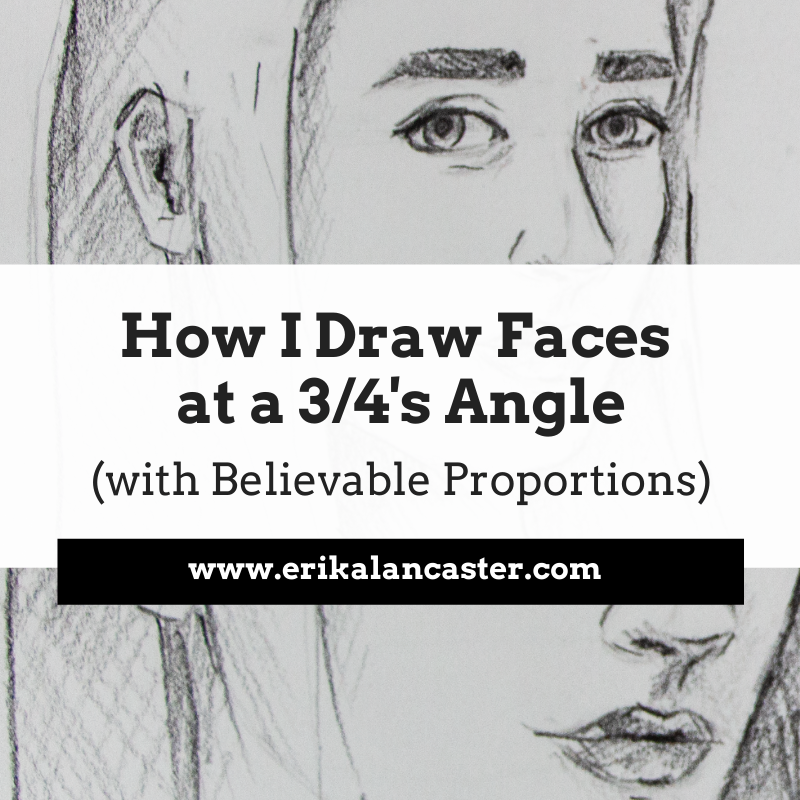
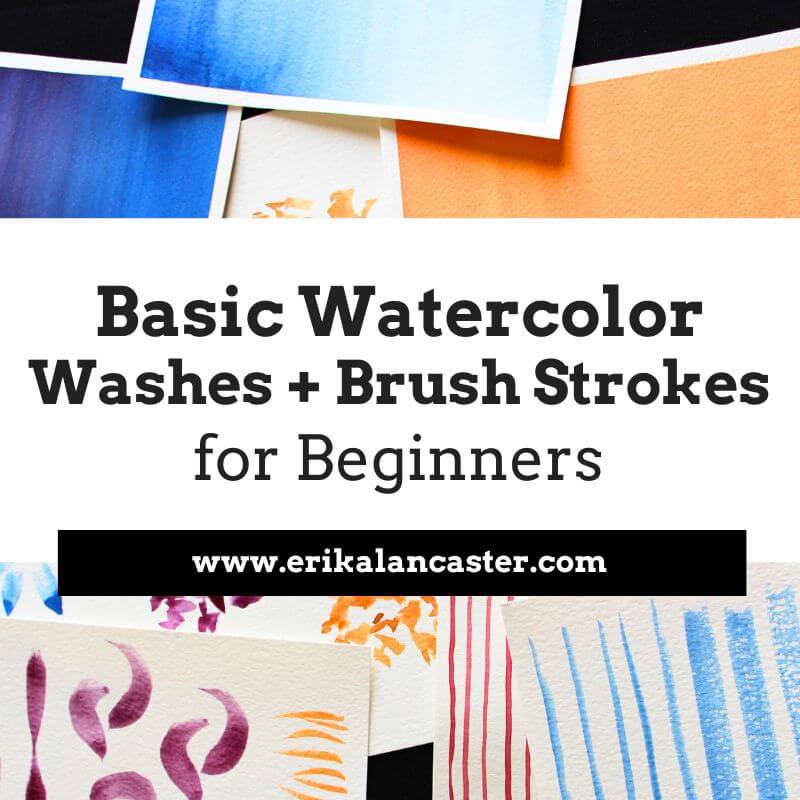
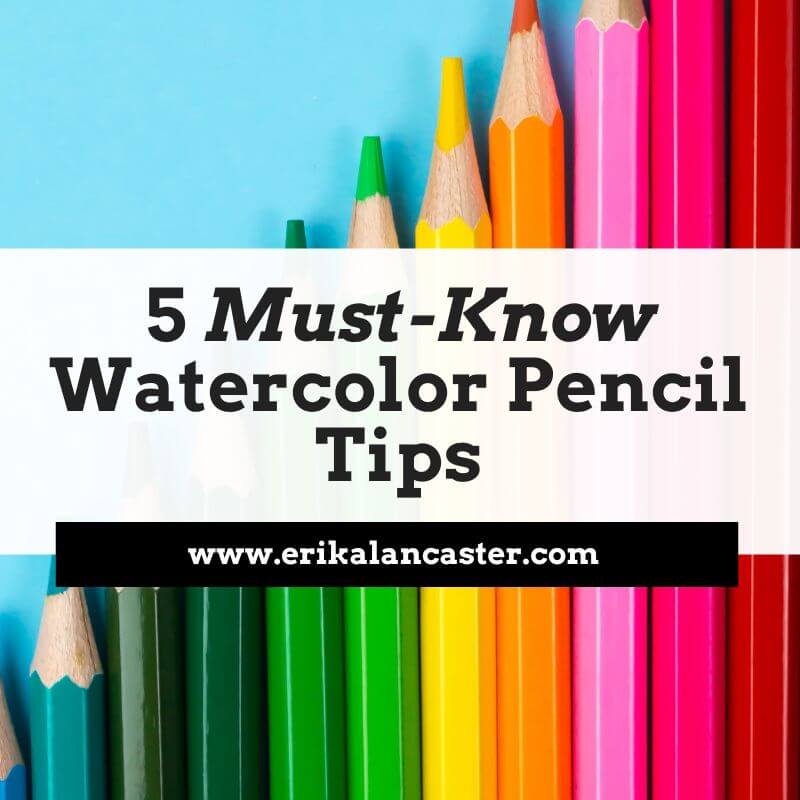
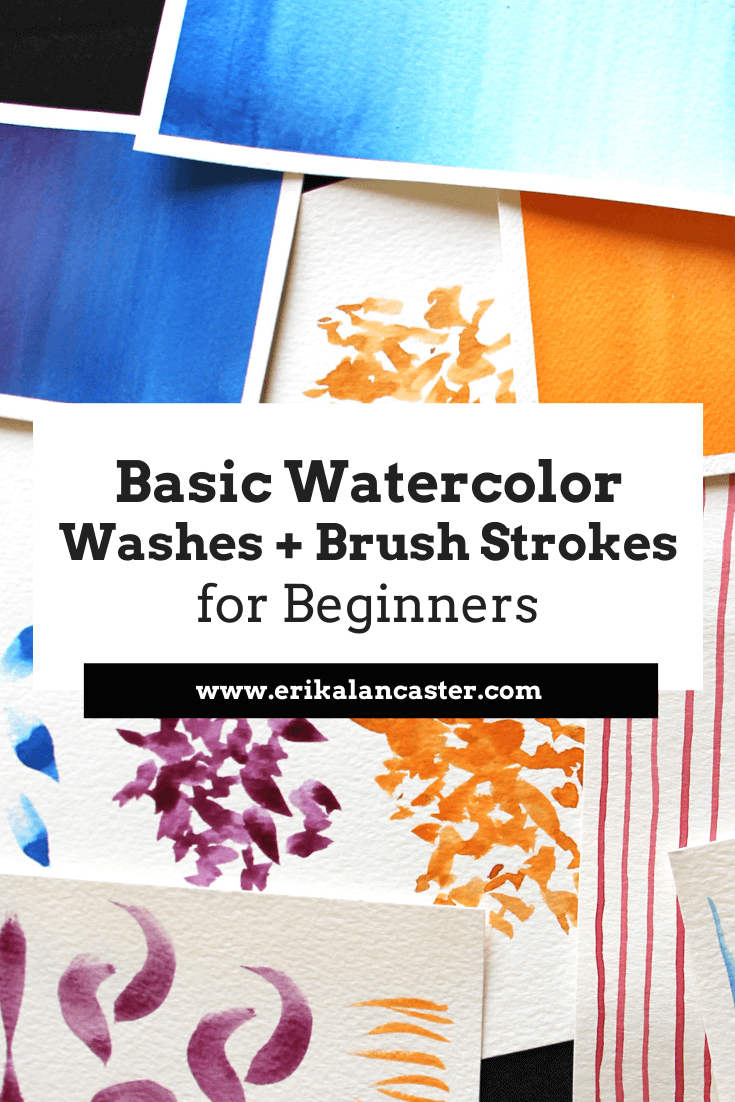
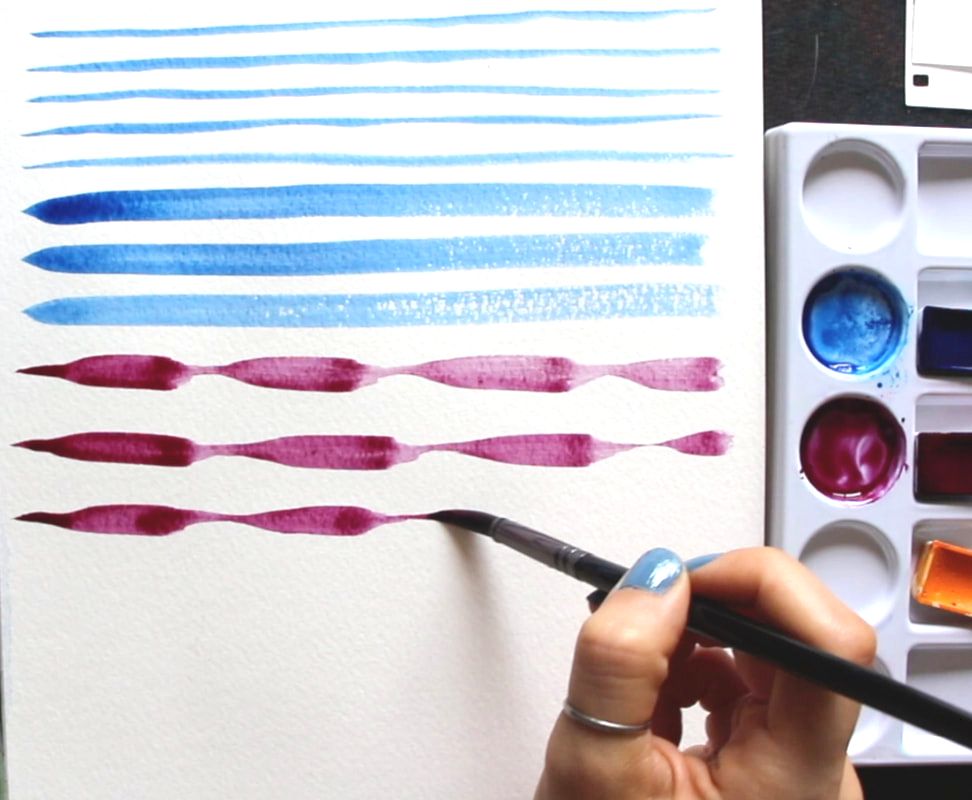
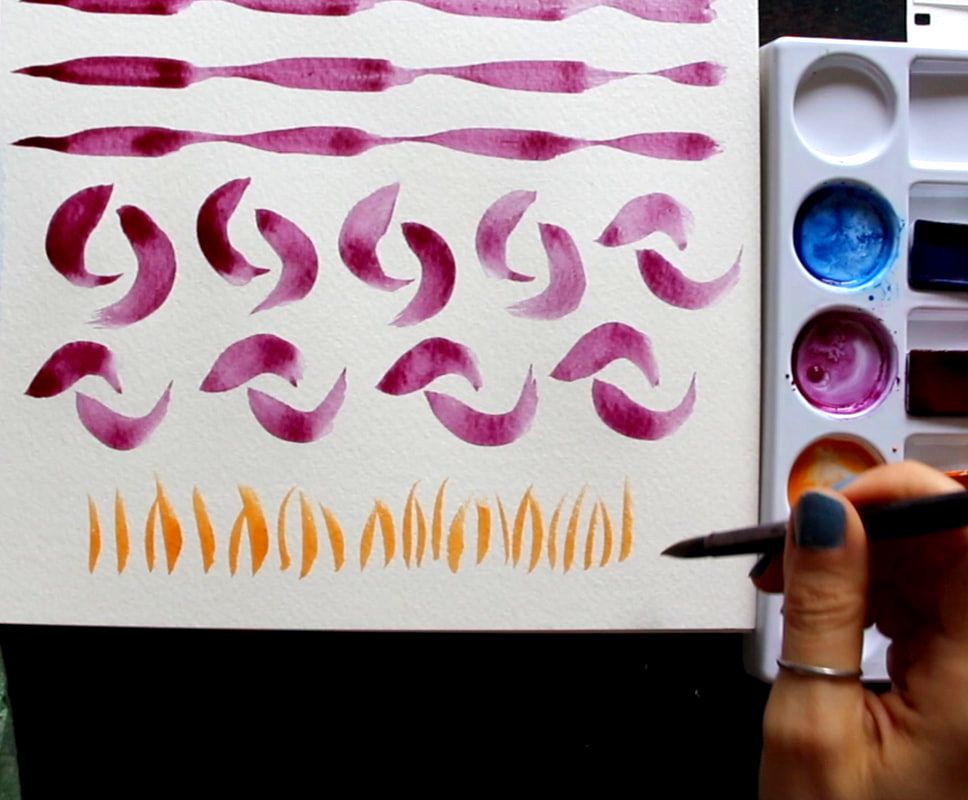
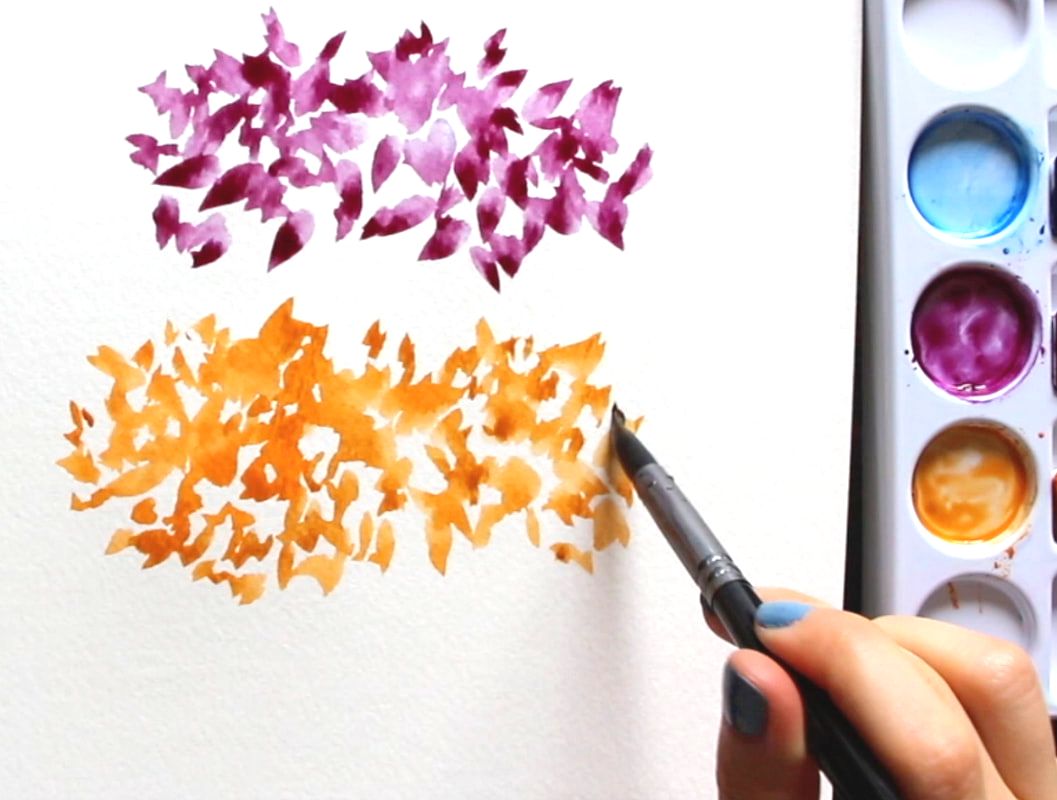
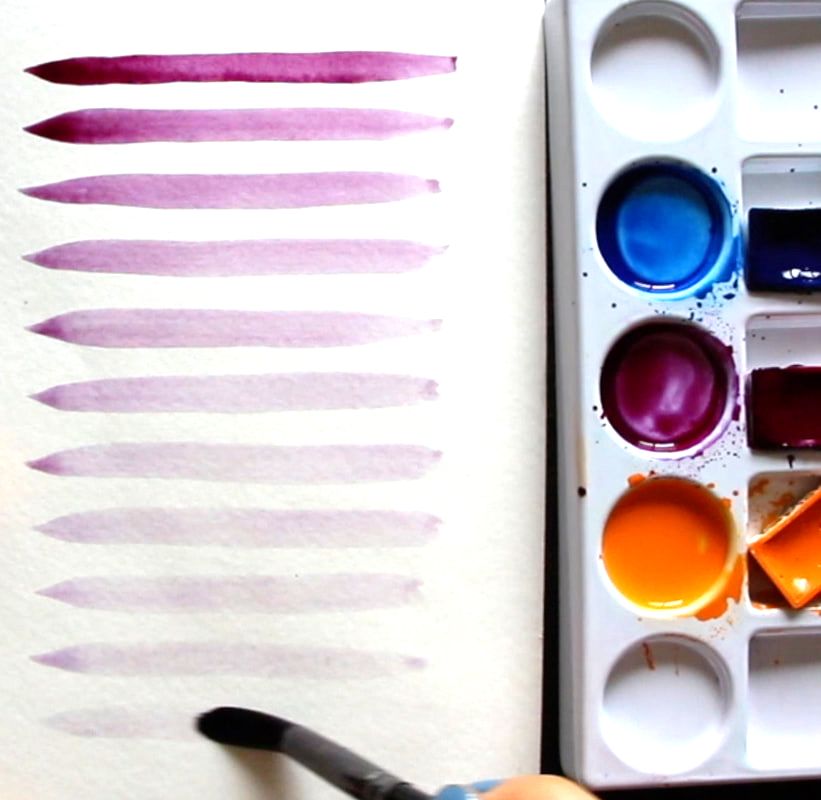
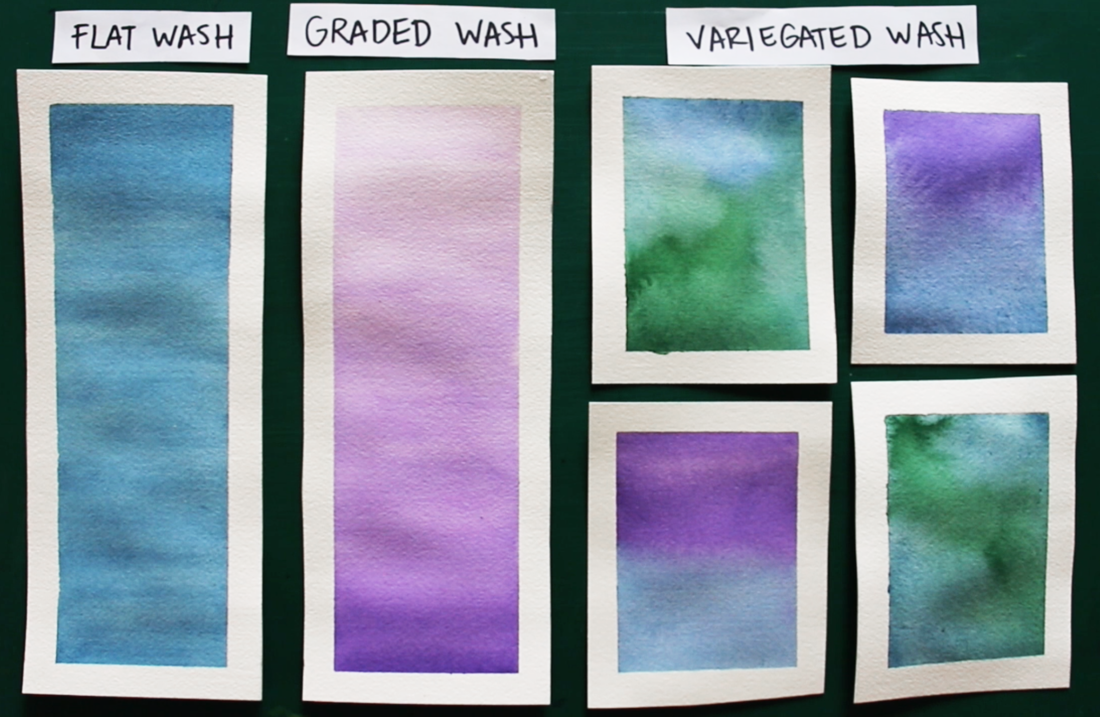
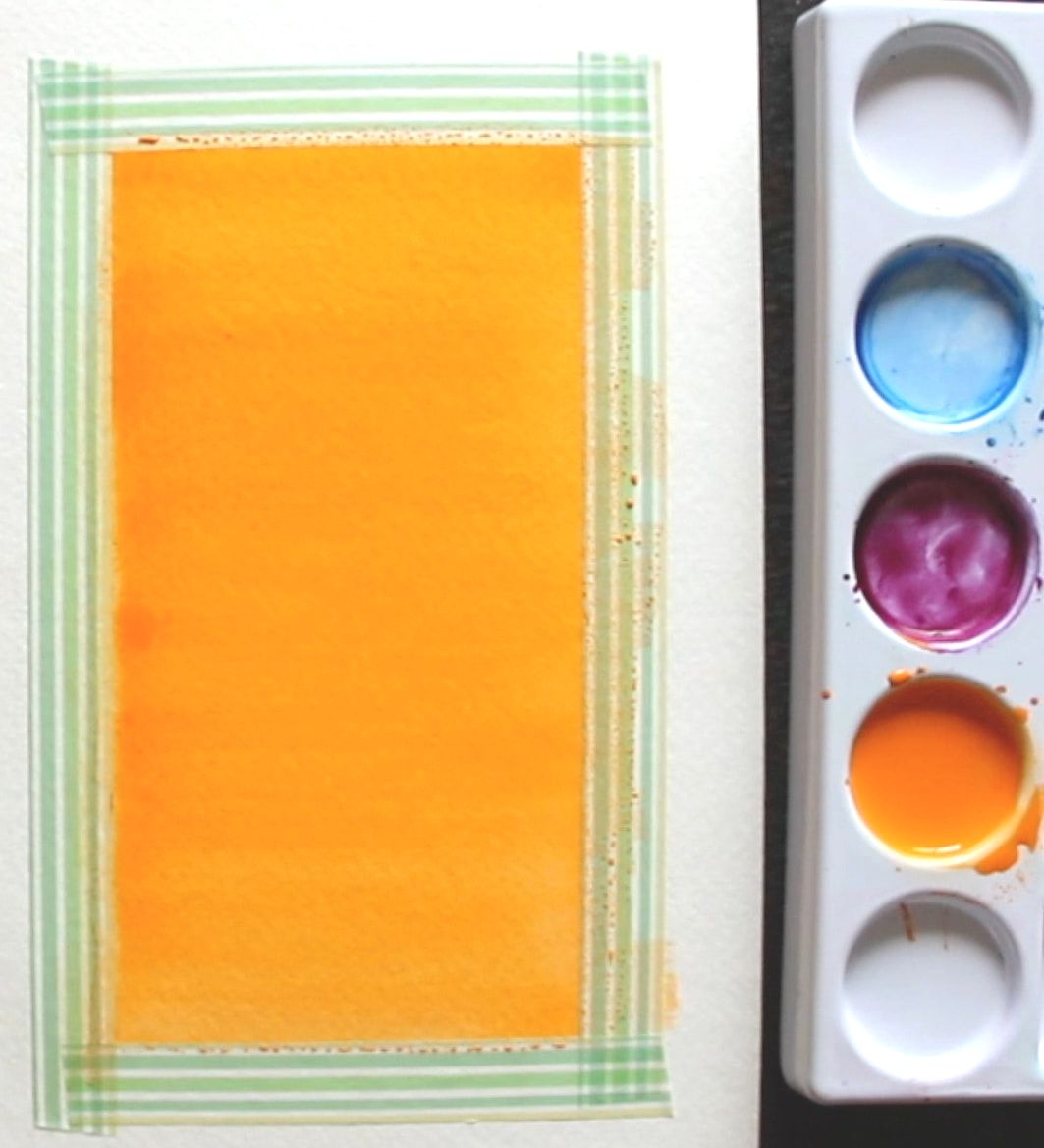
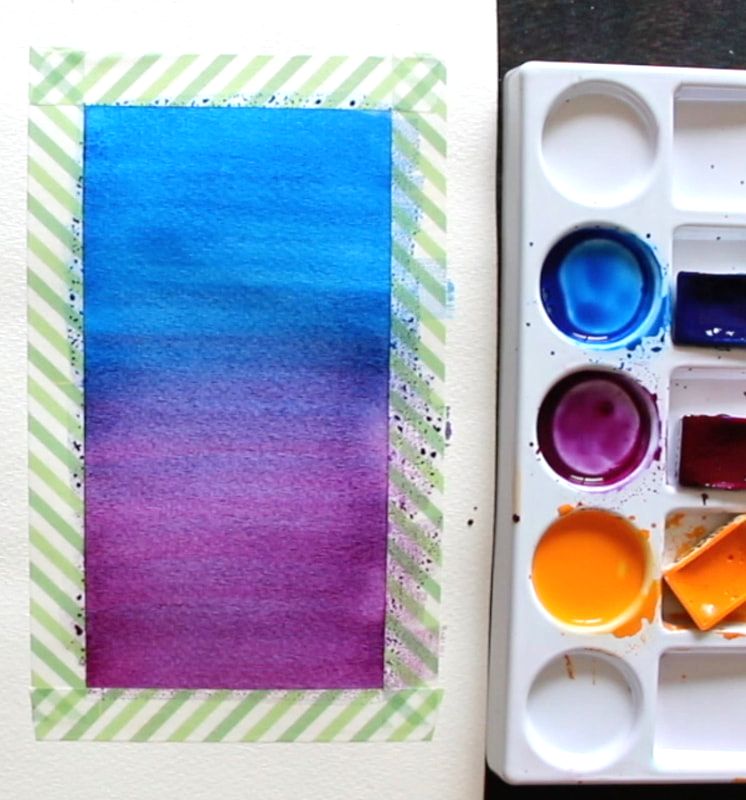
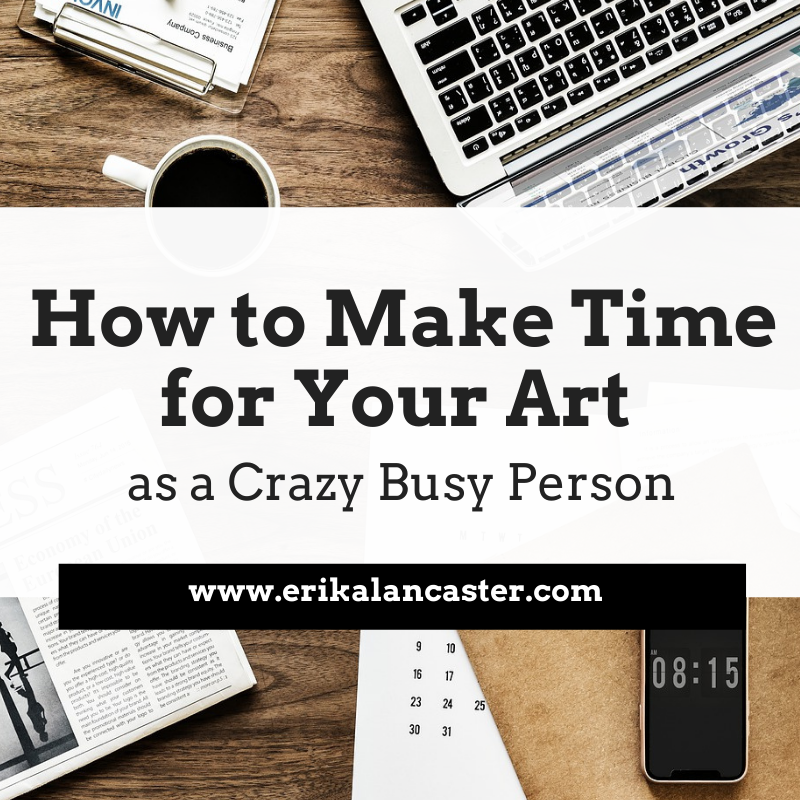
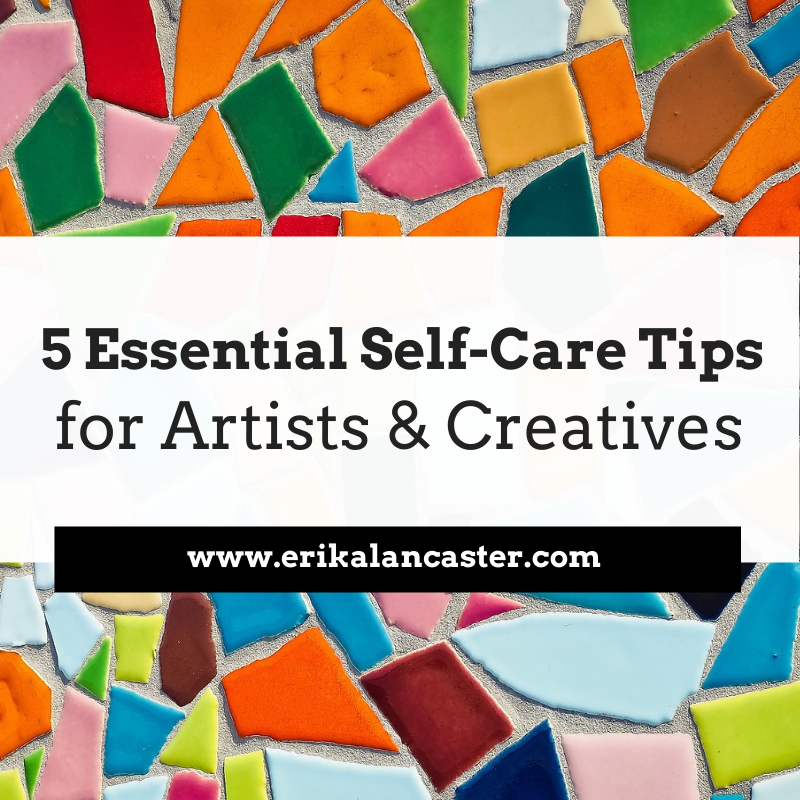
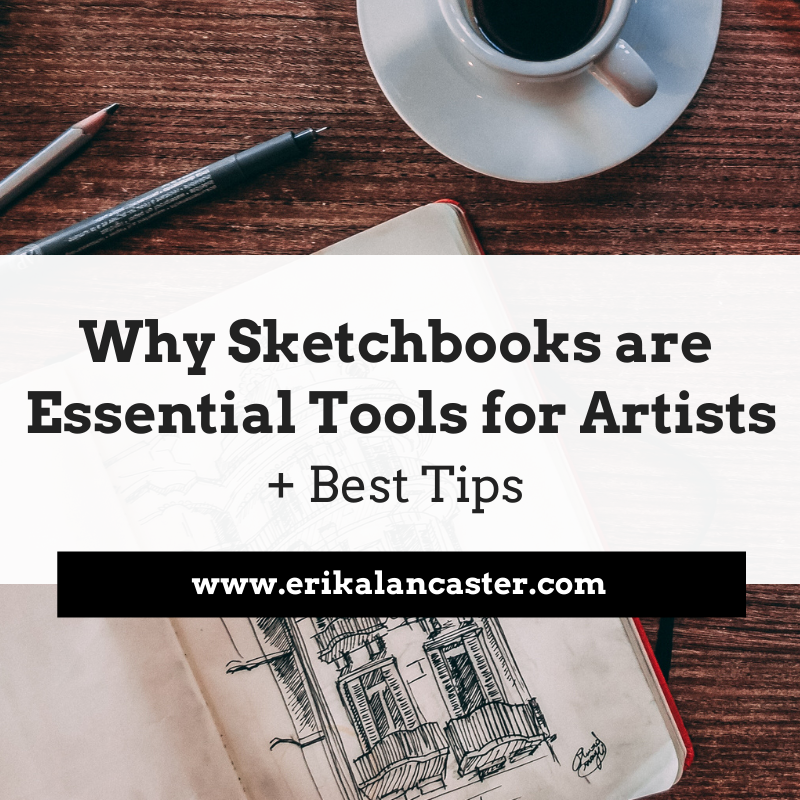
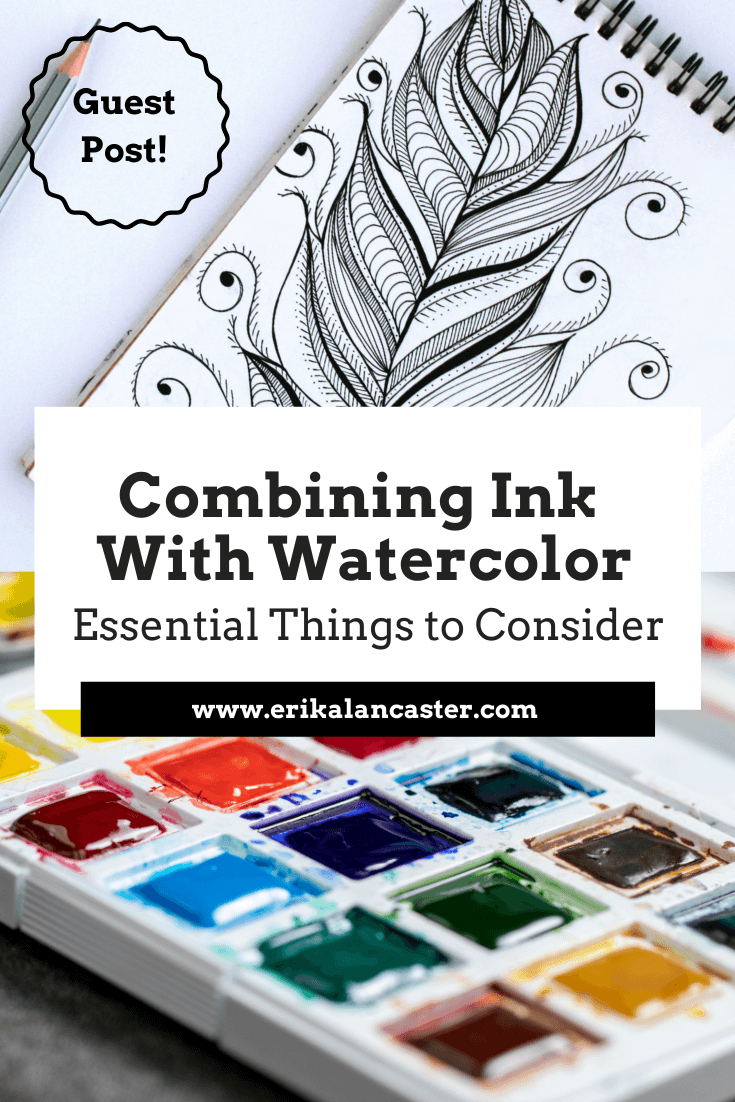

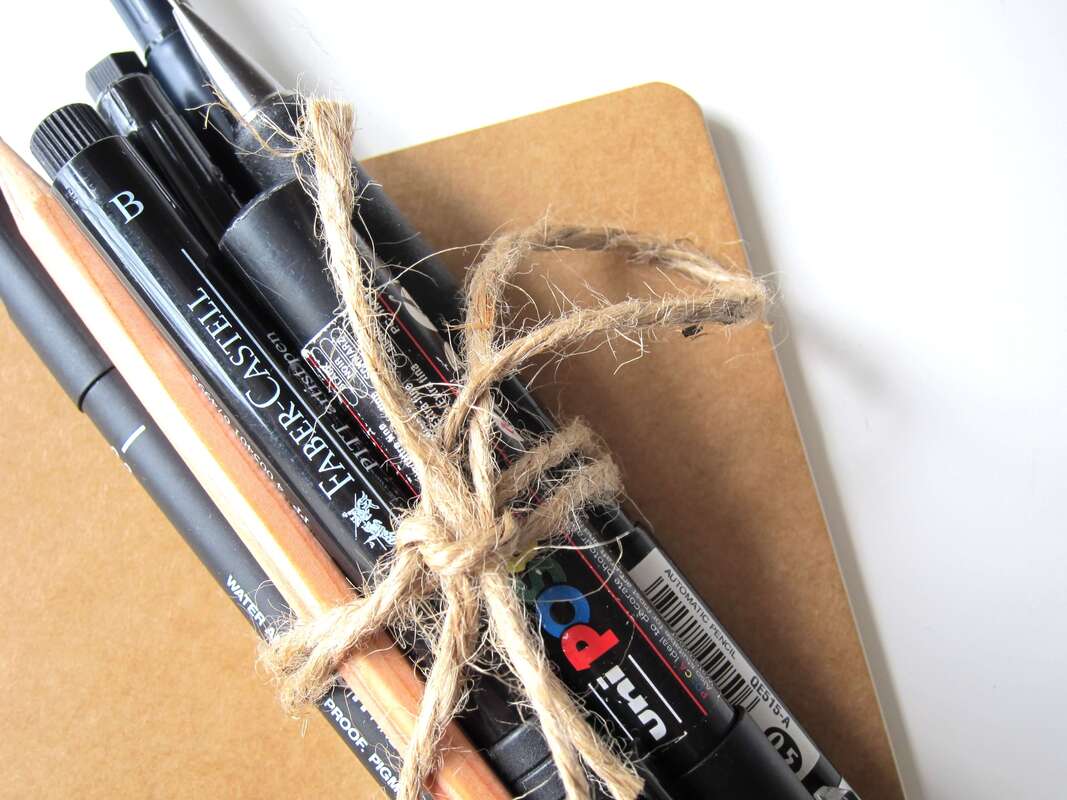
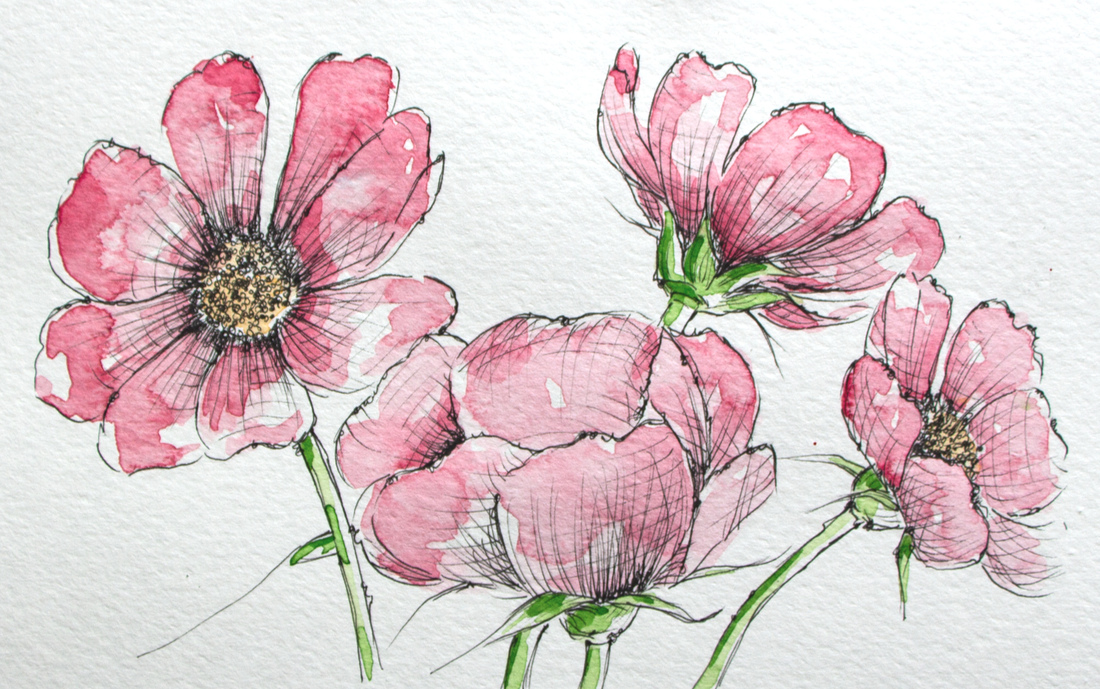
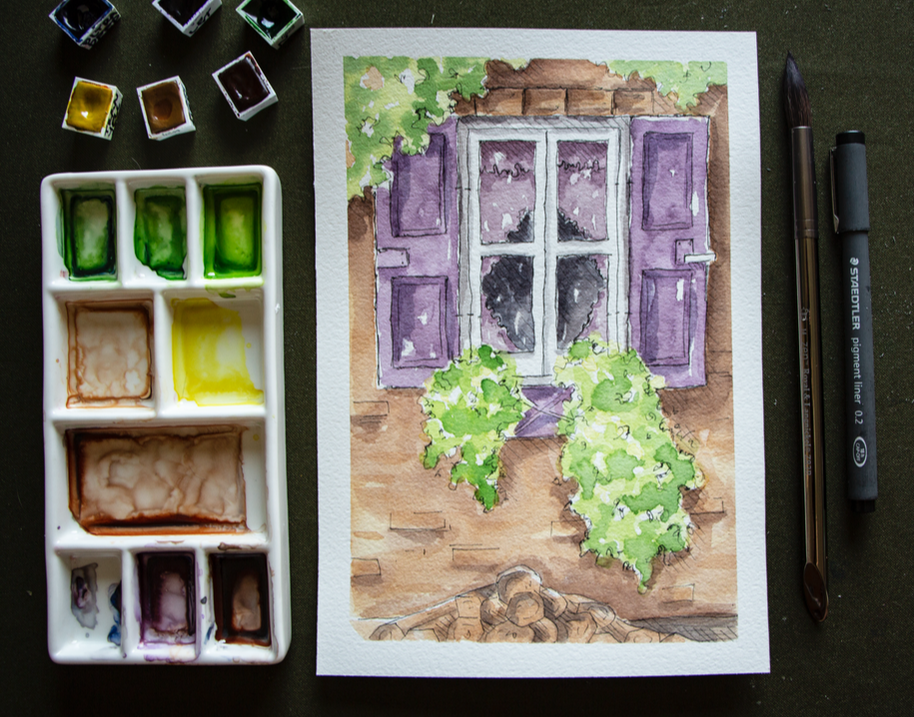
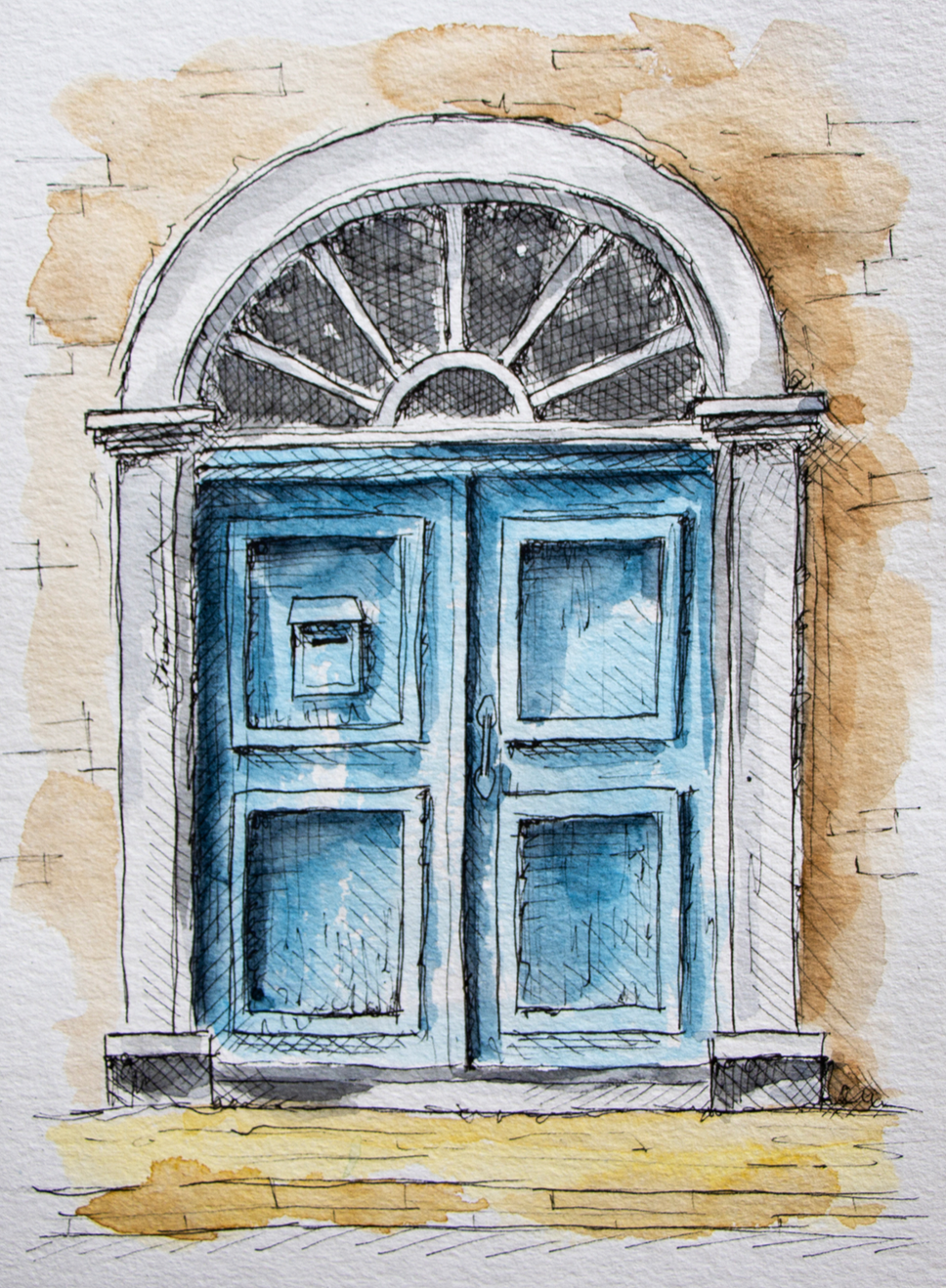
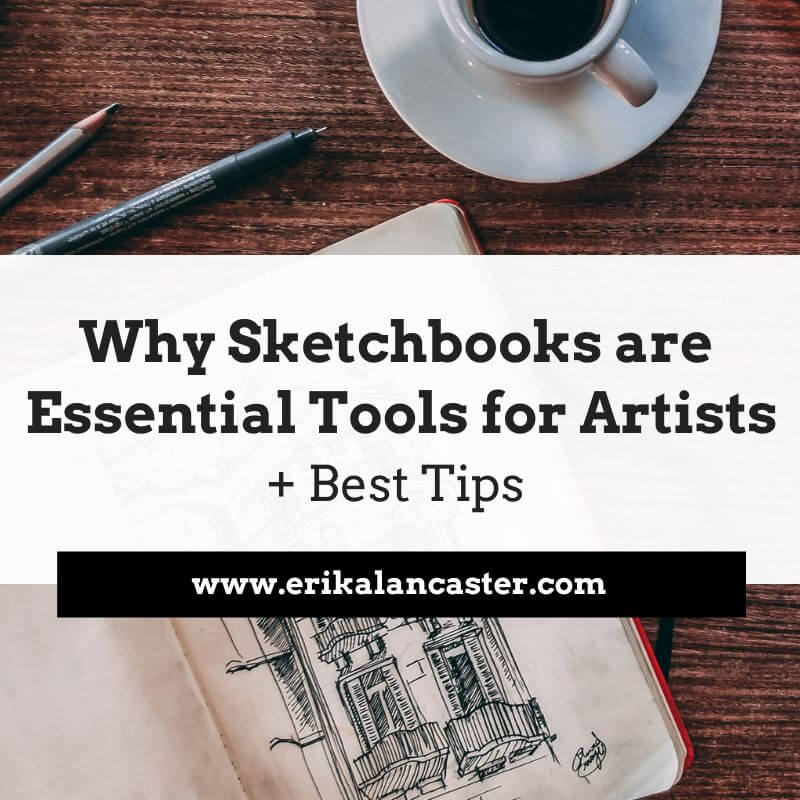
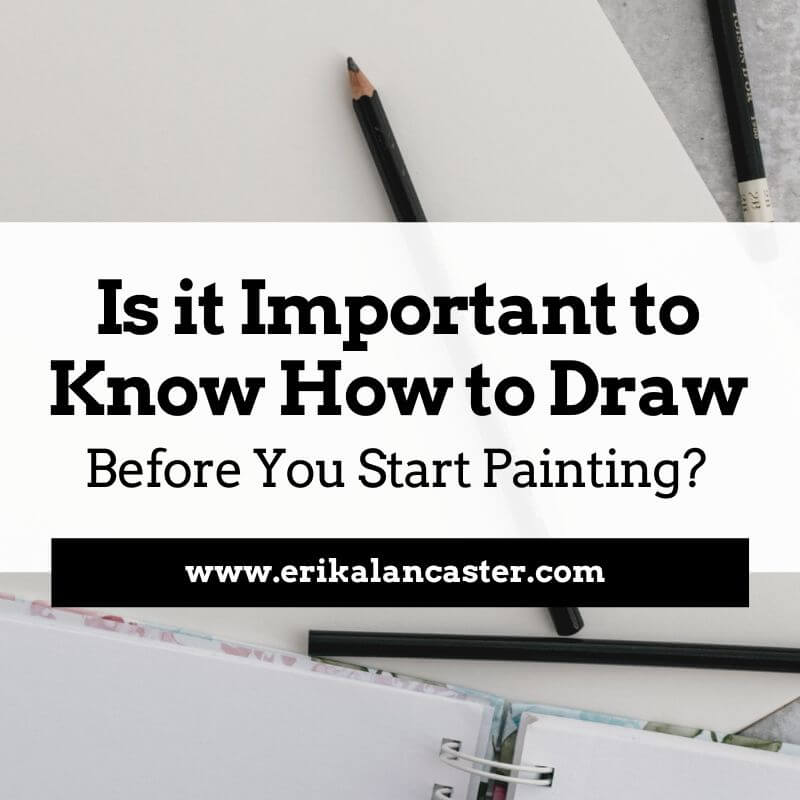
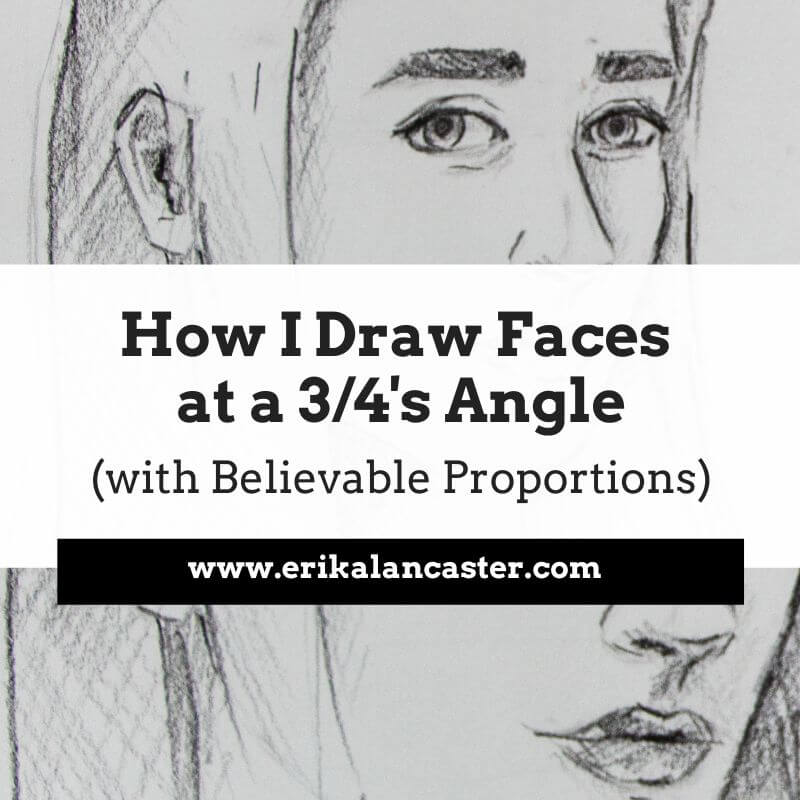
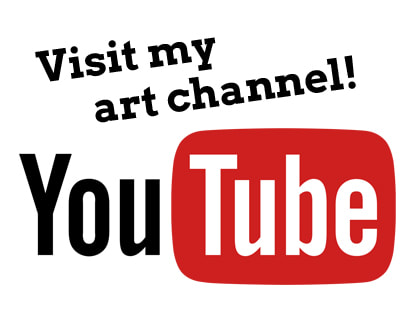

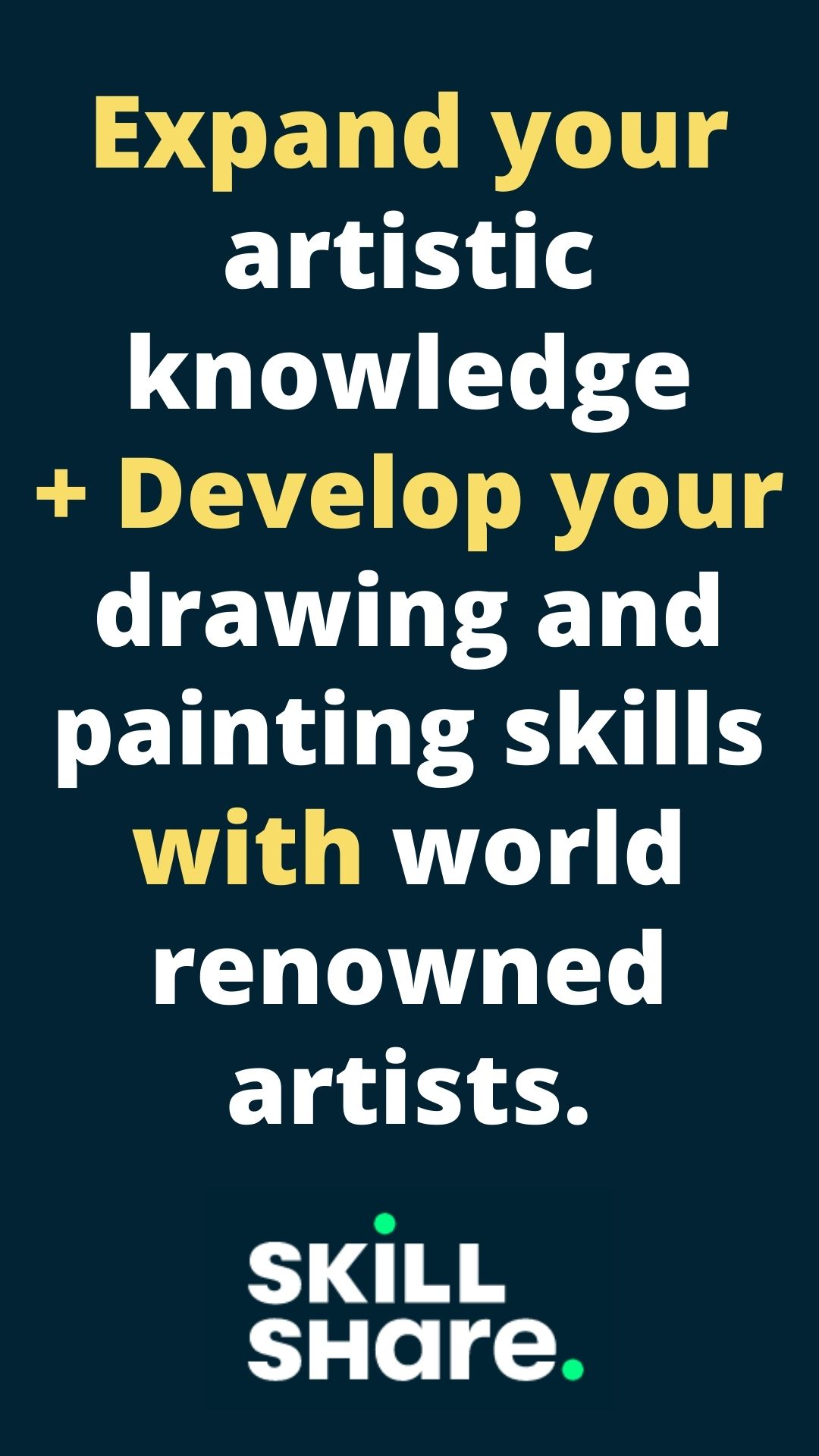

 RSS Feed
RSS Feed

